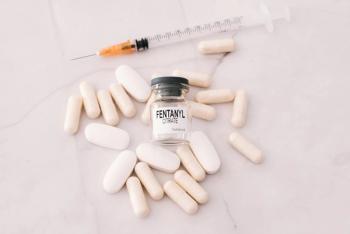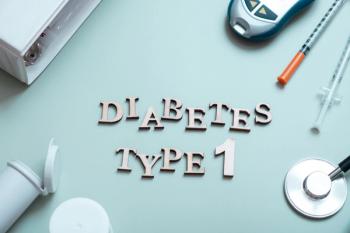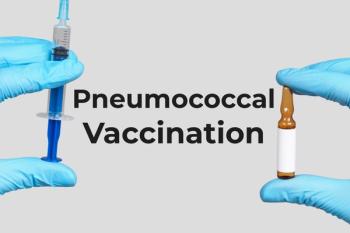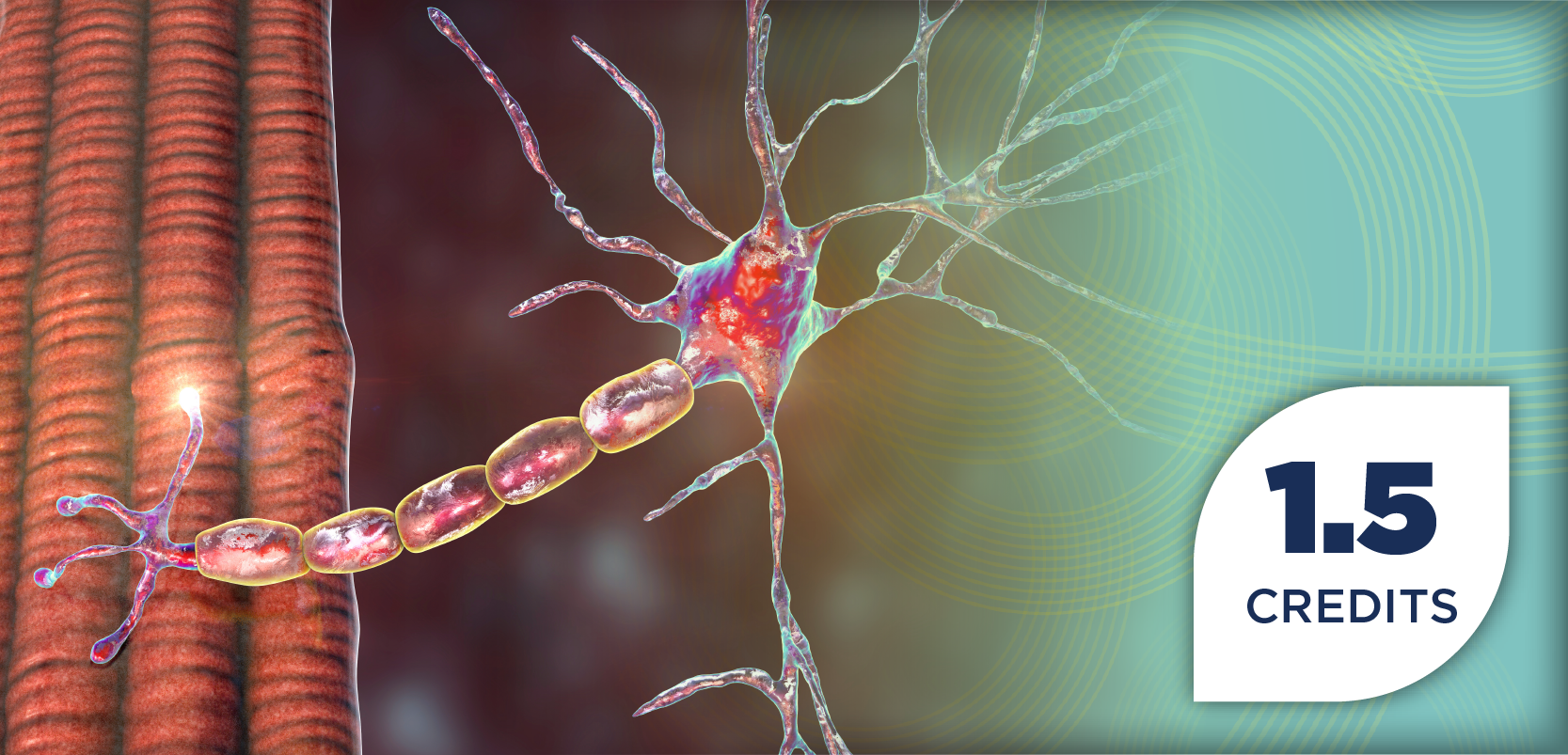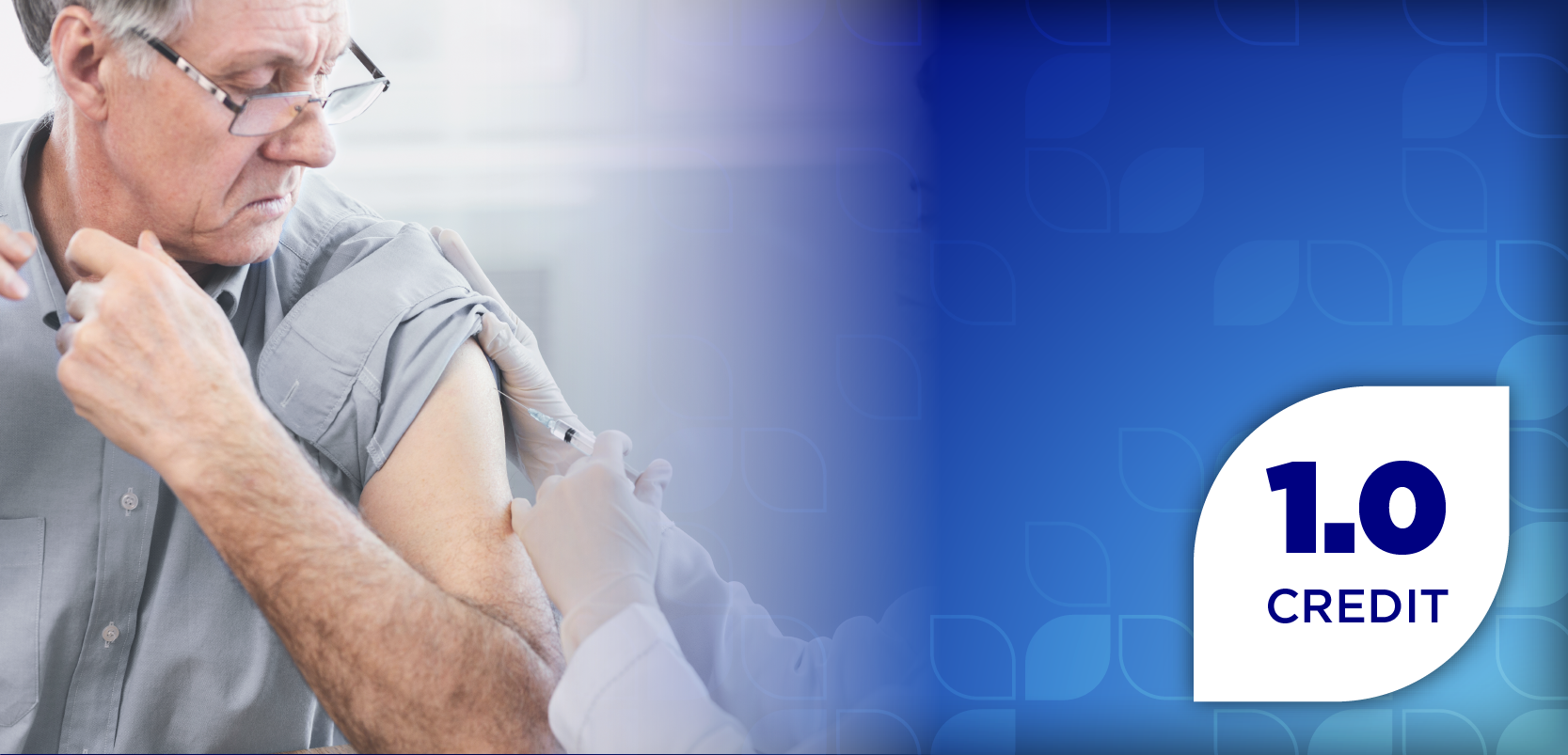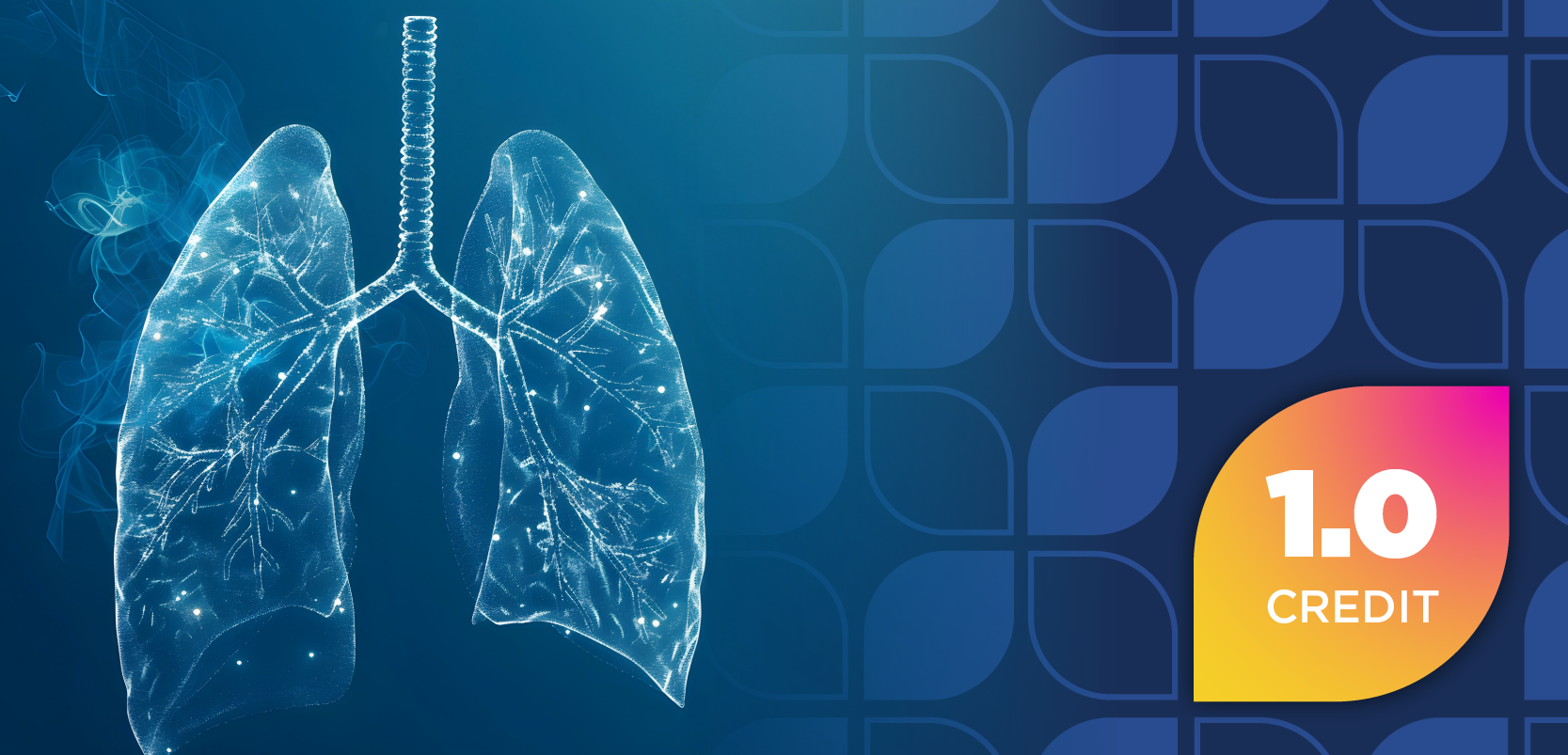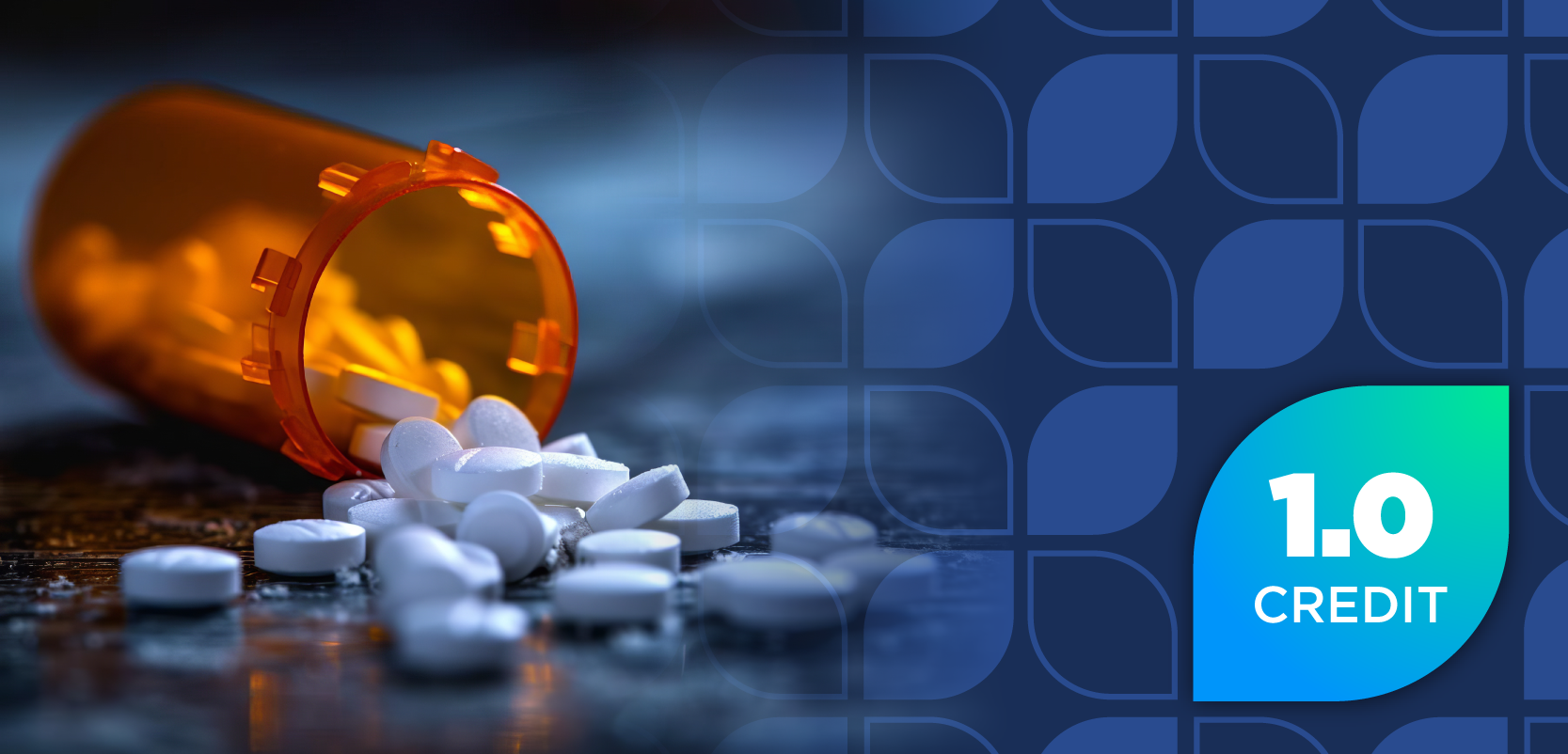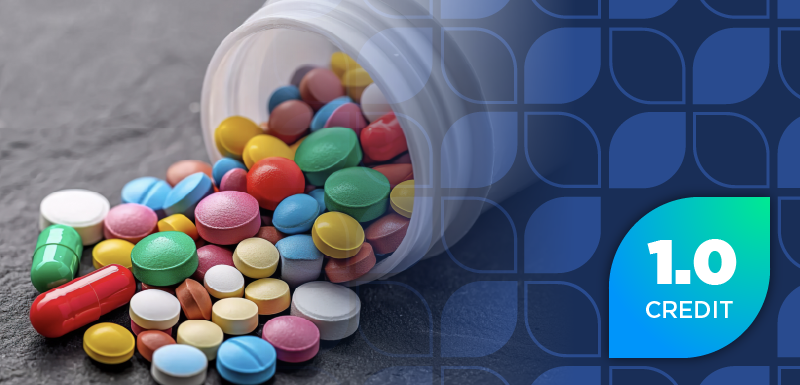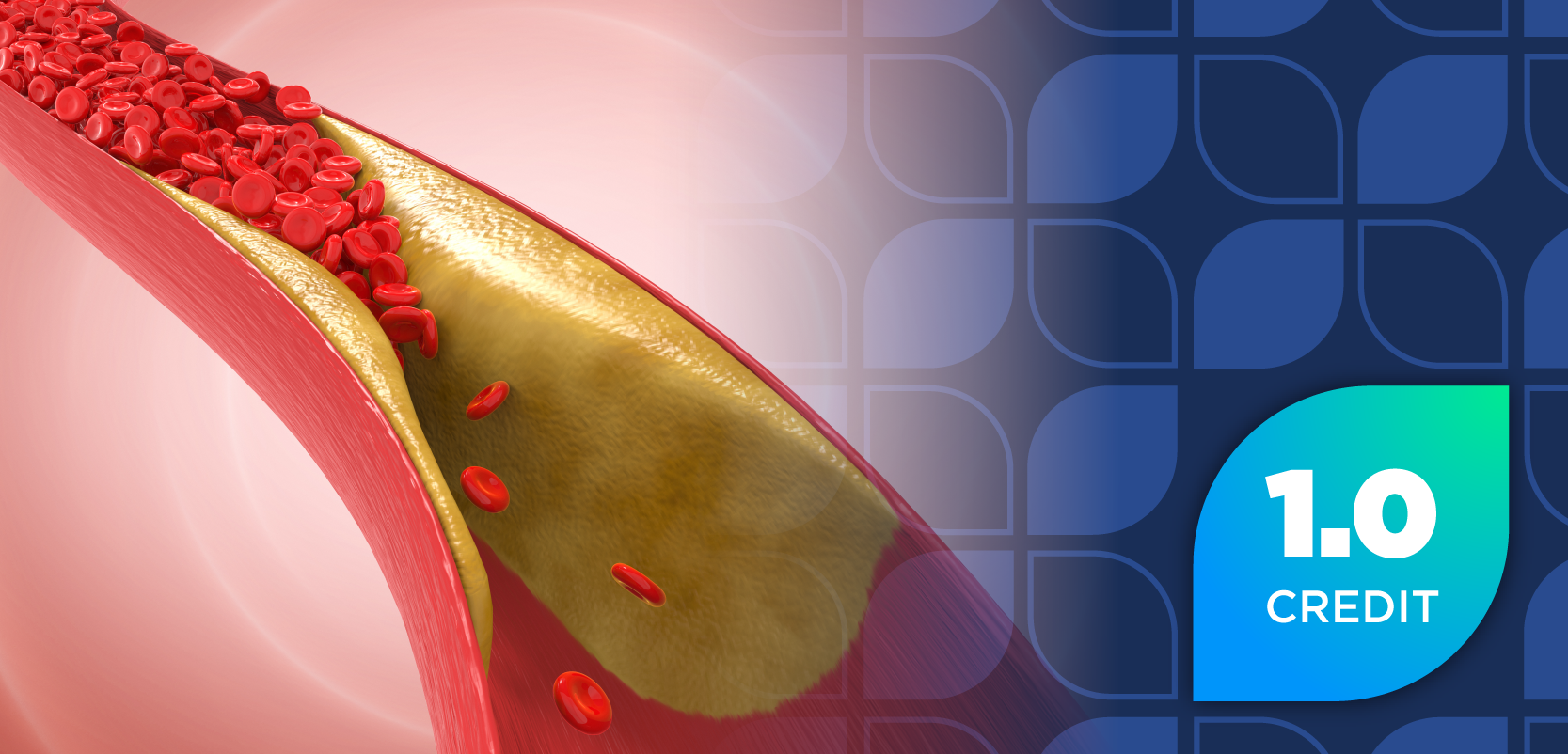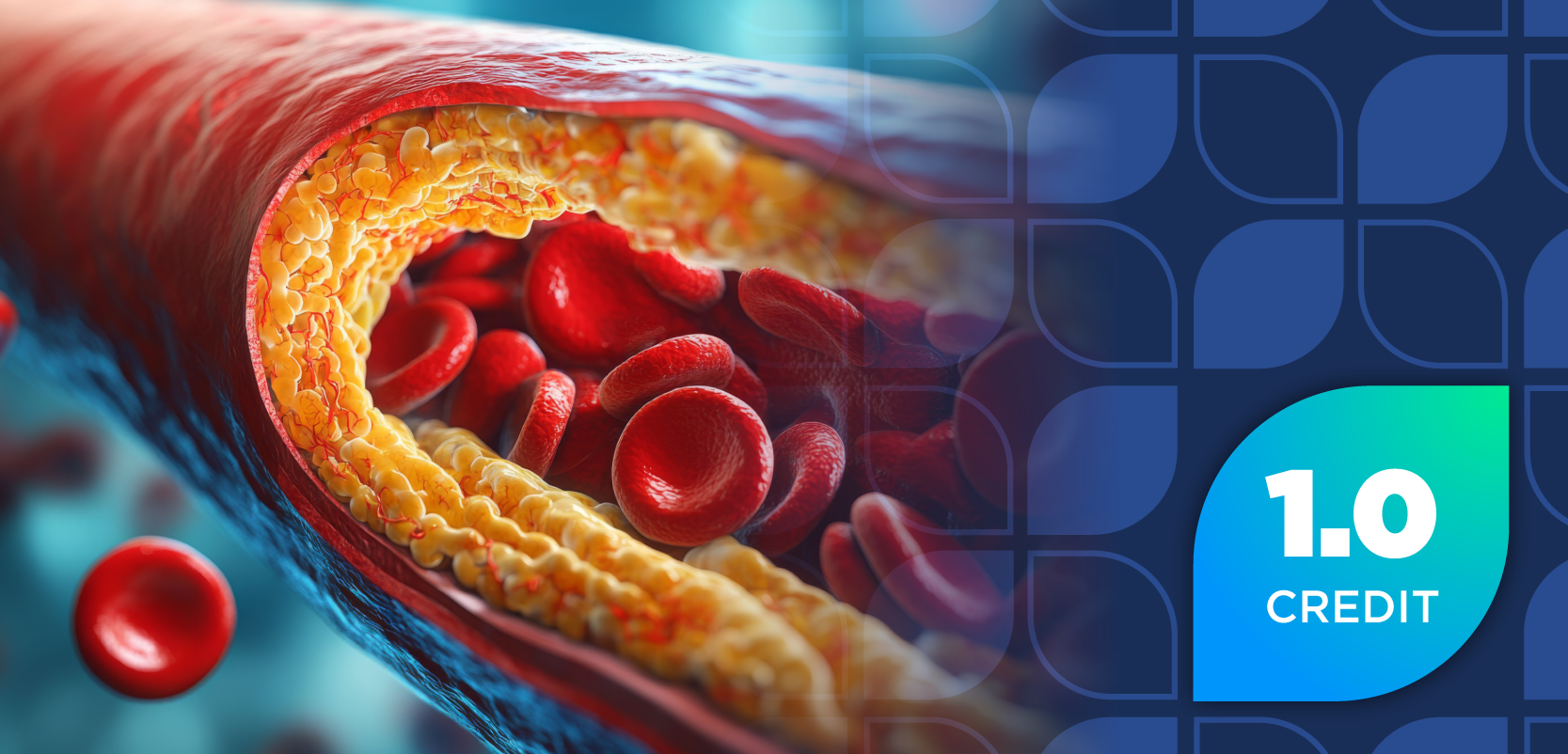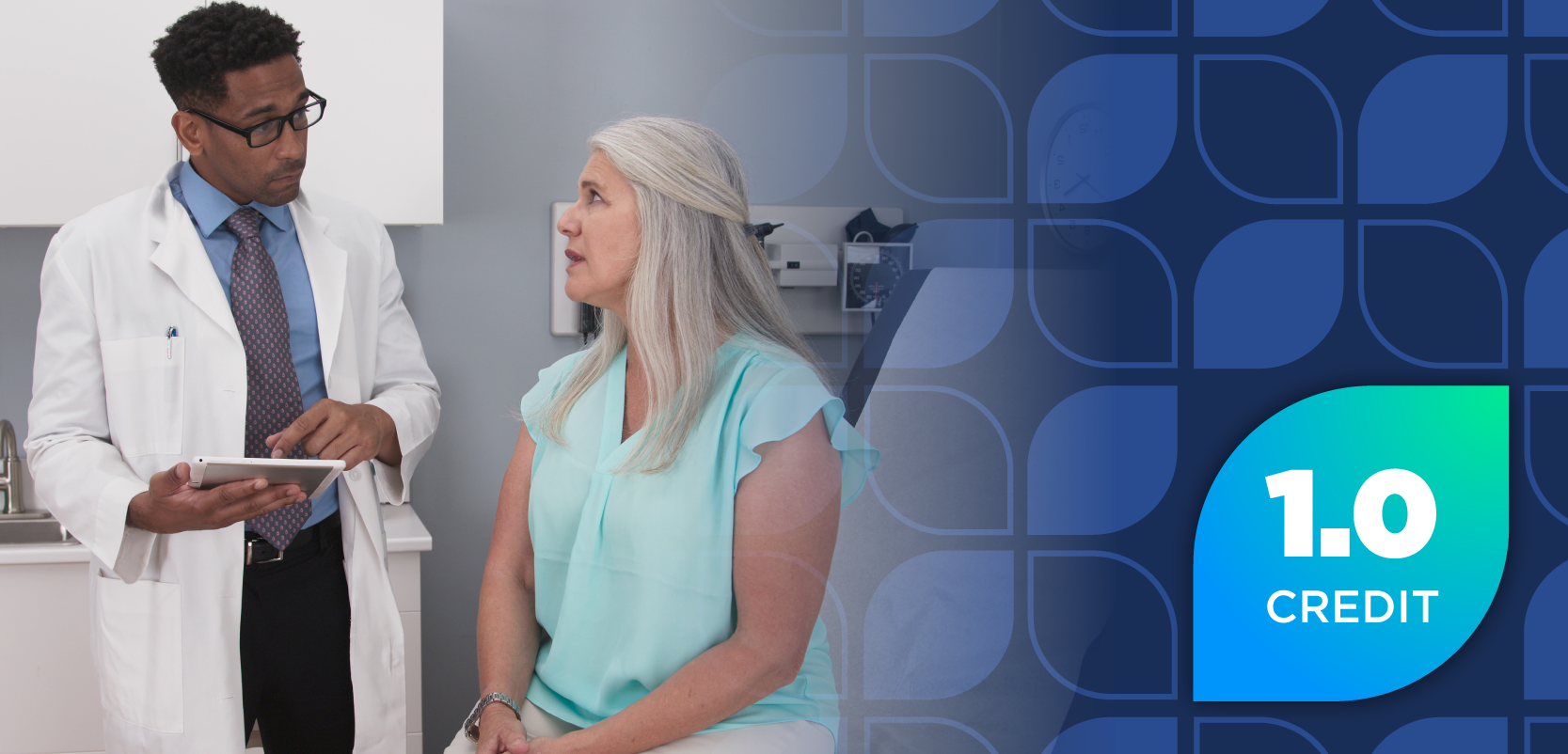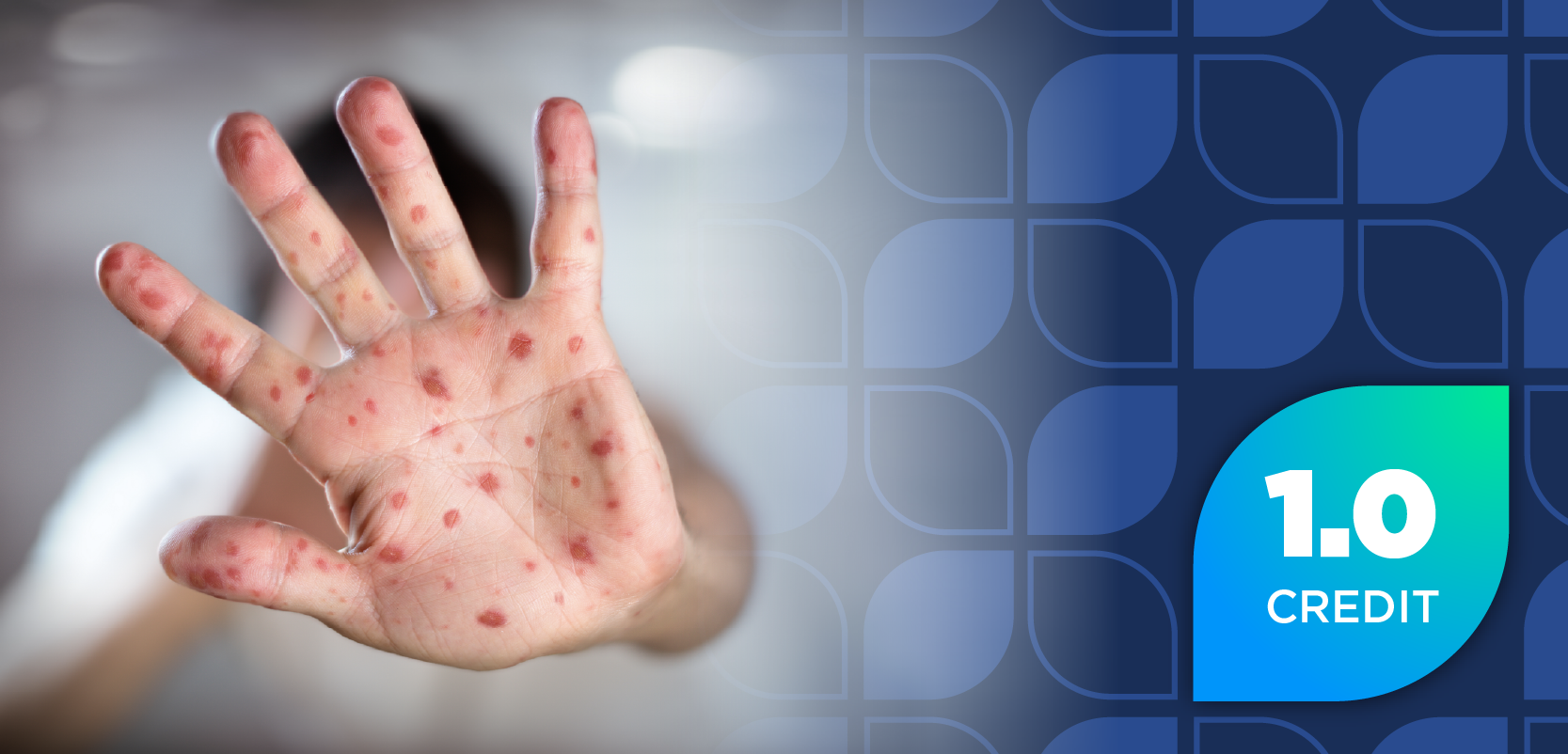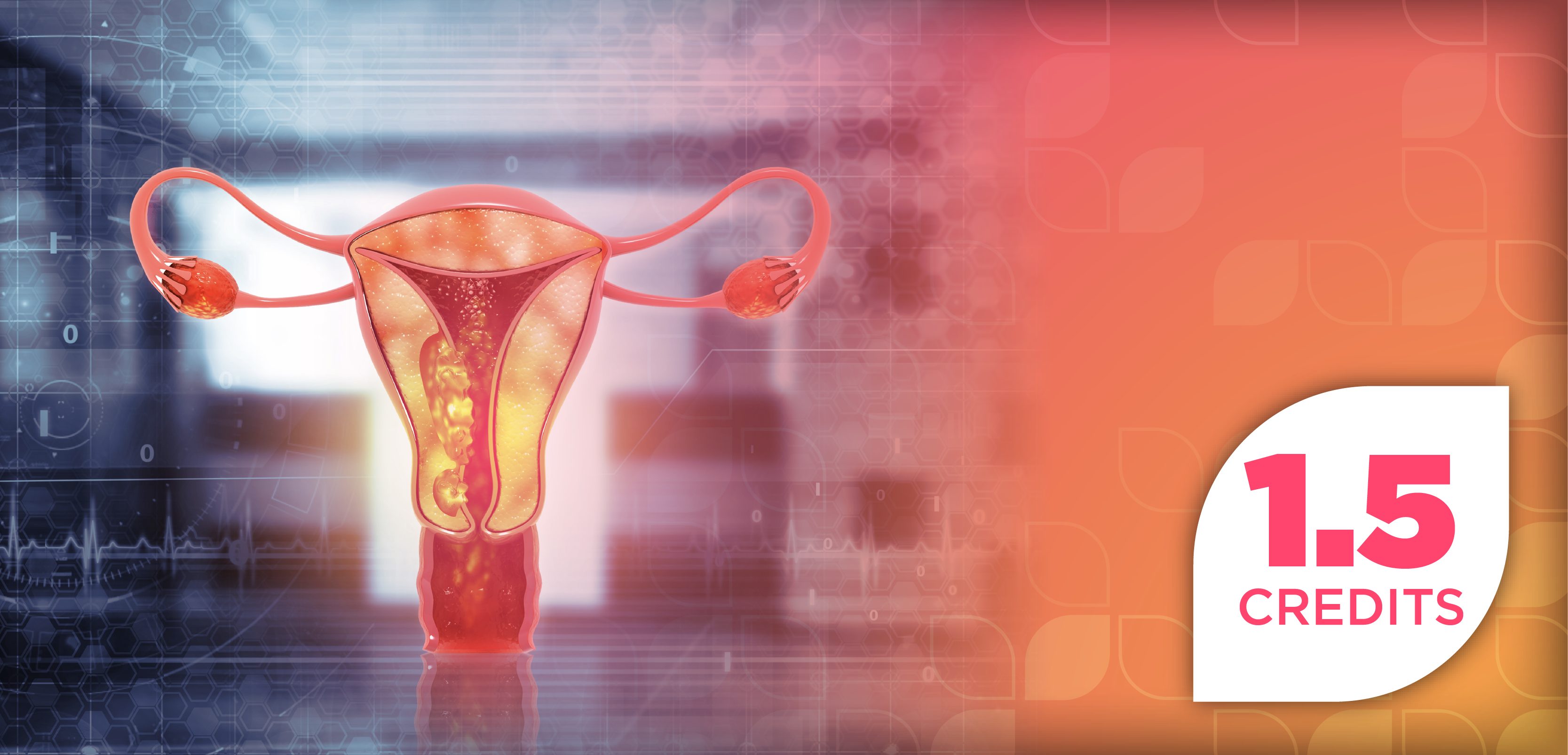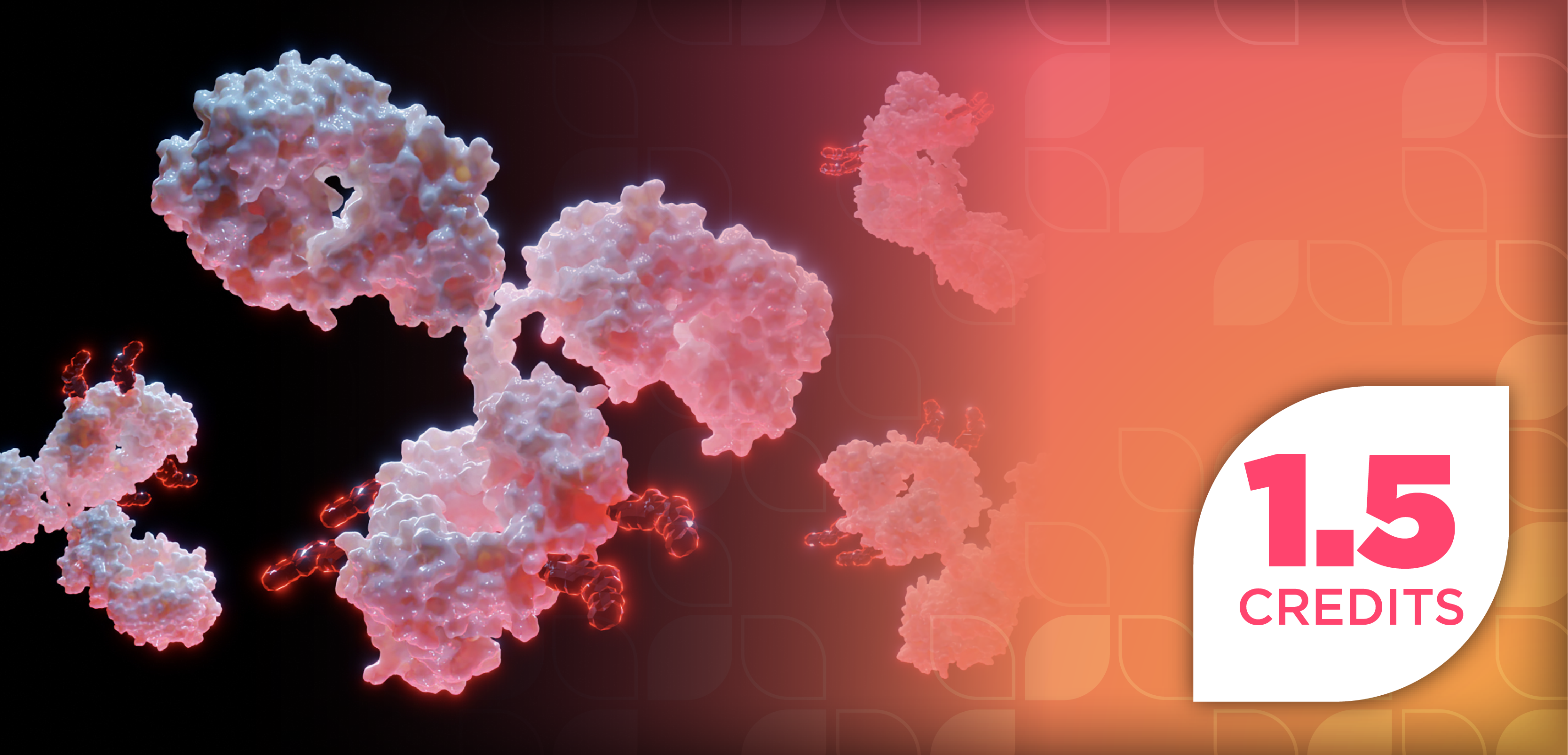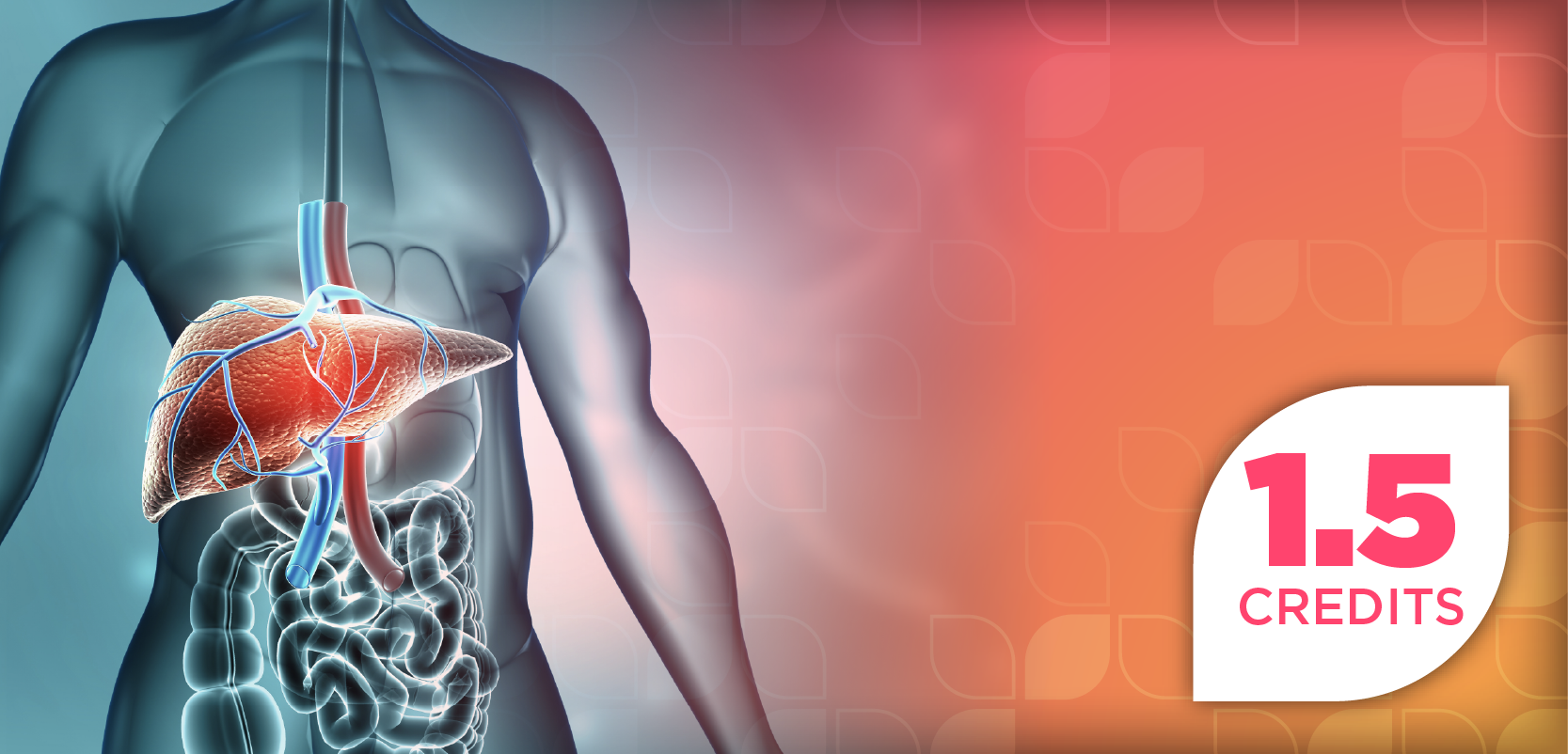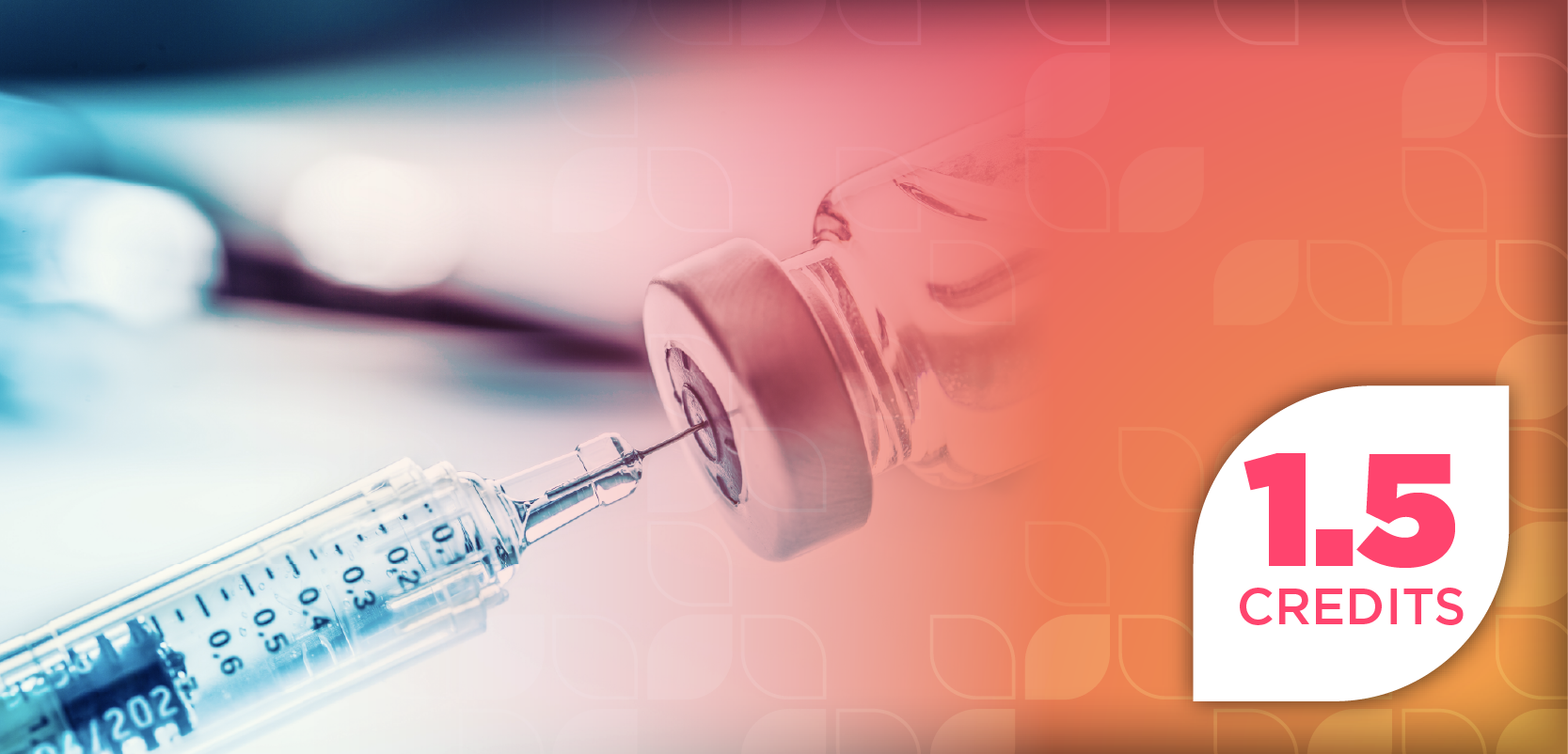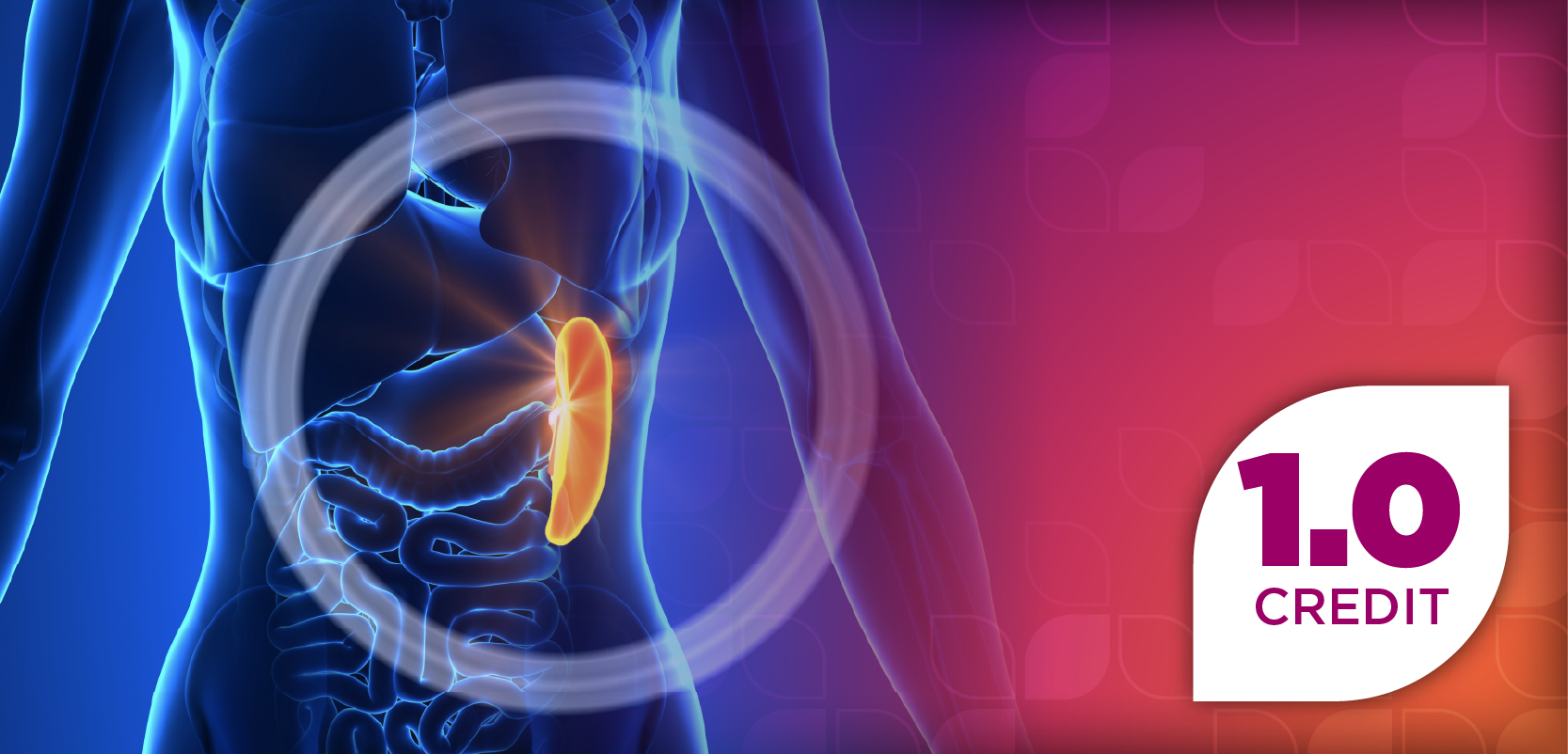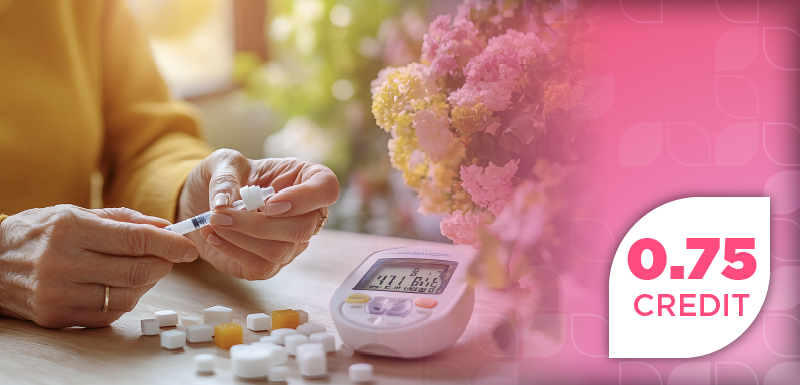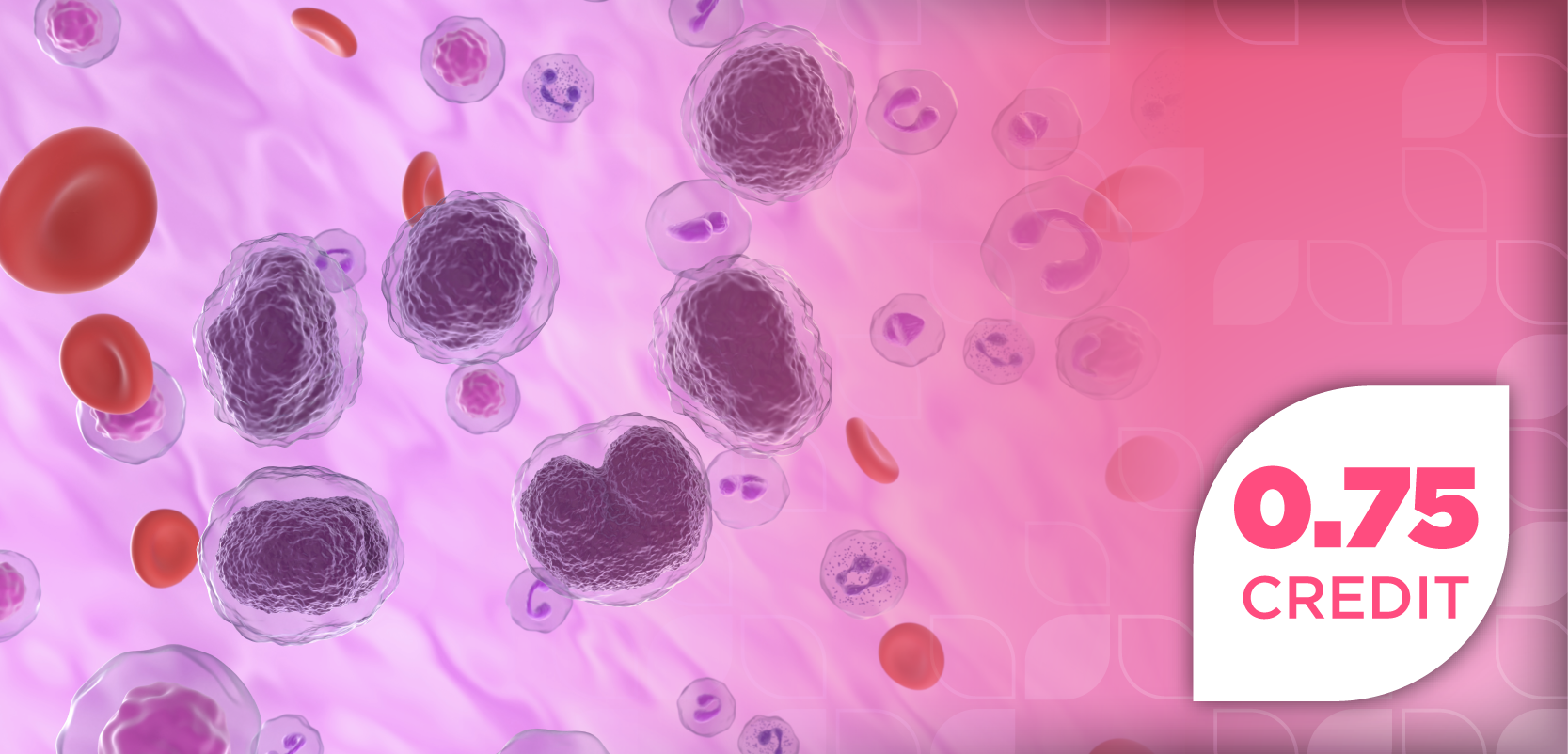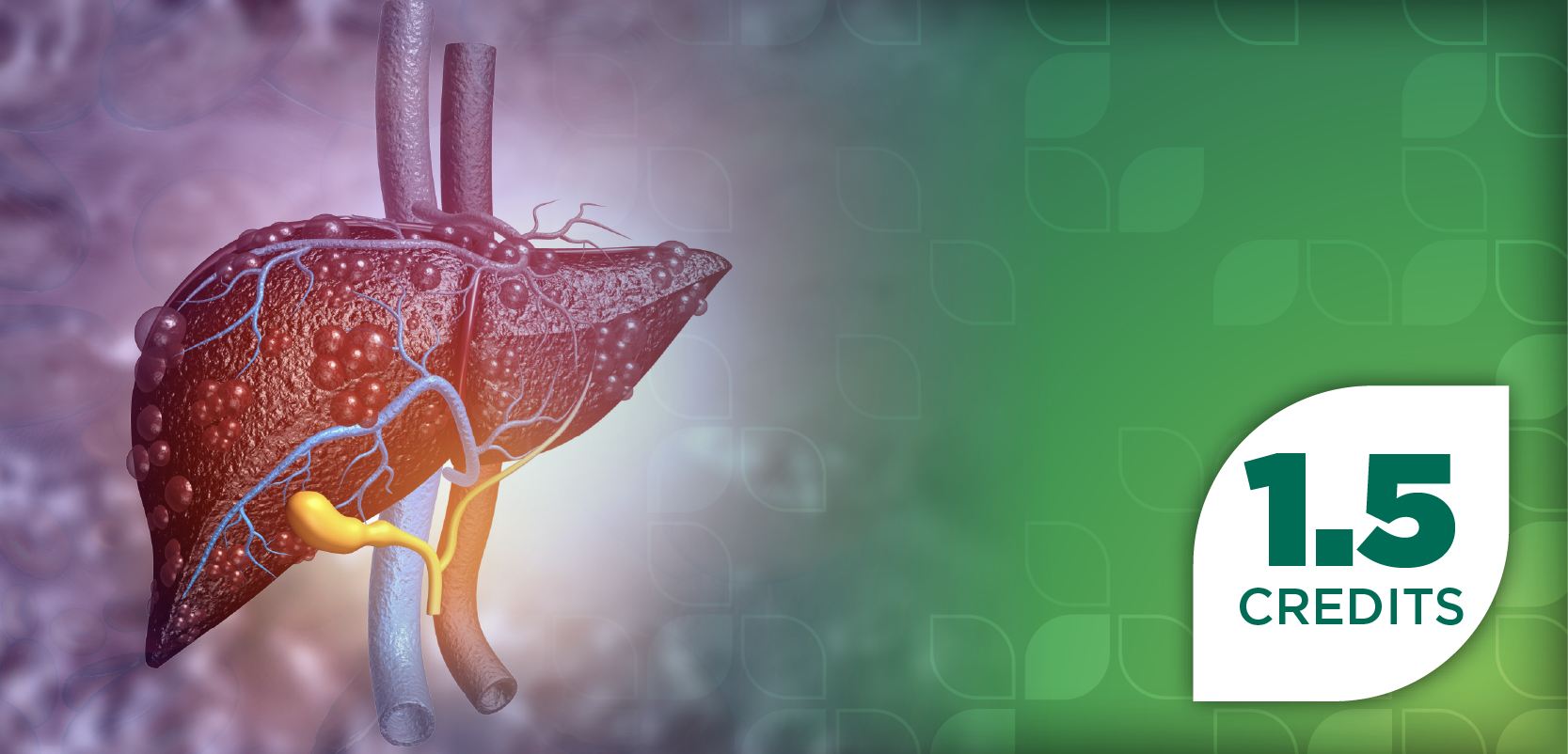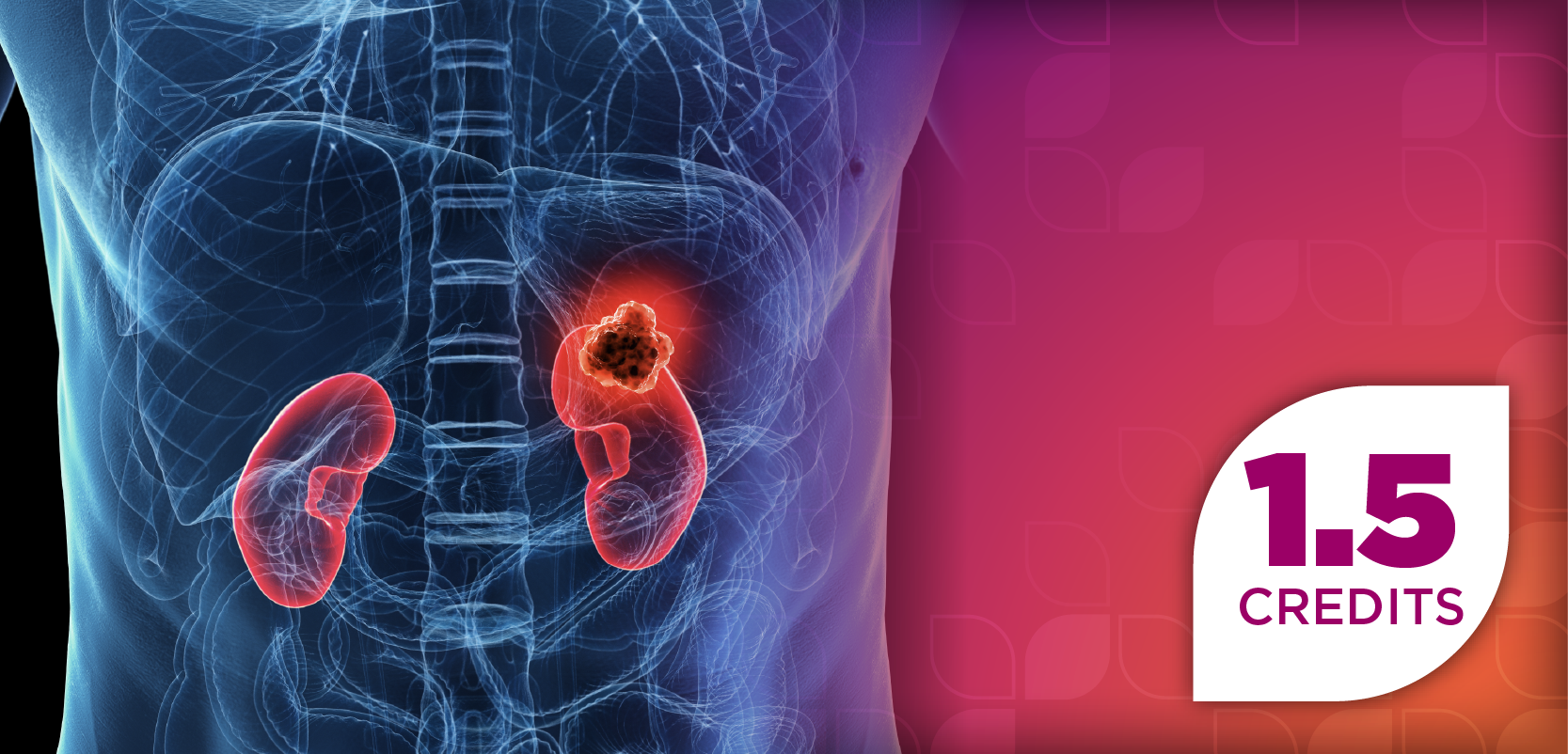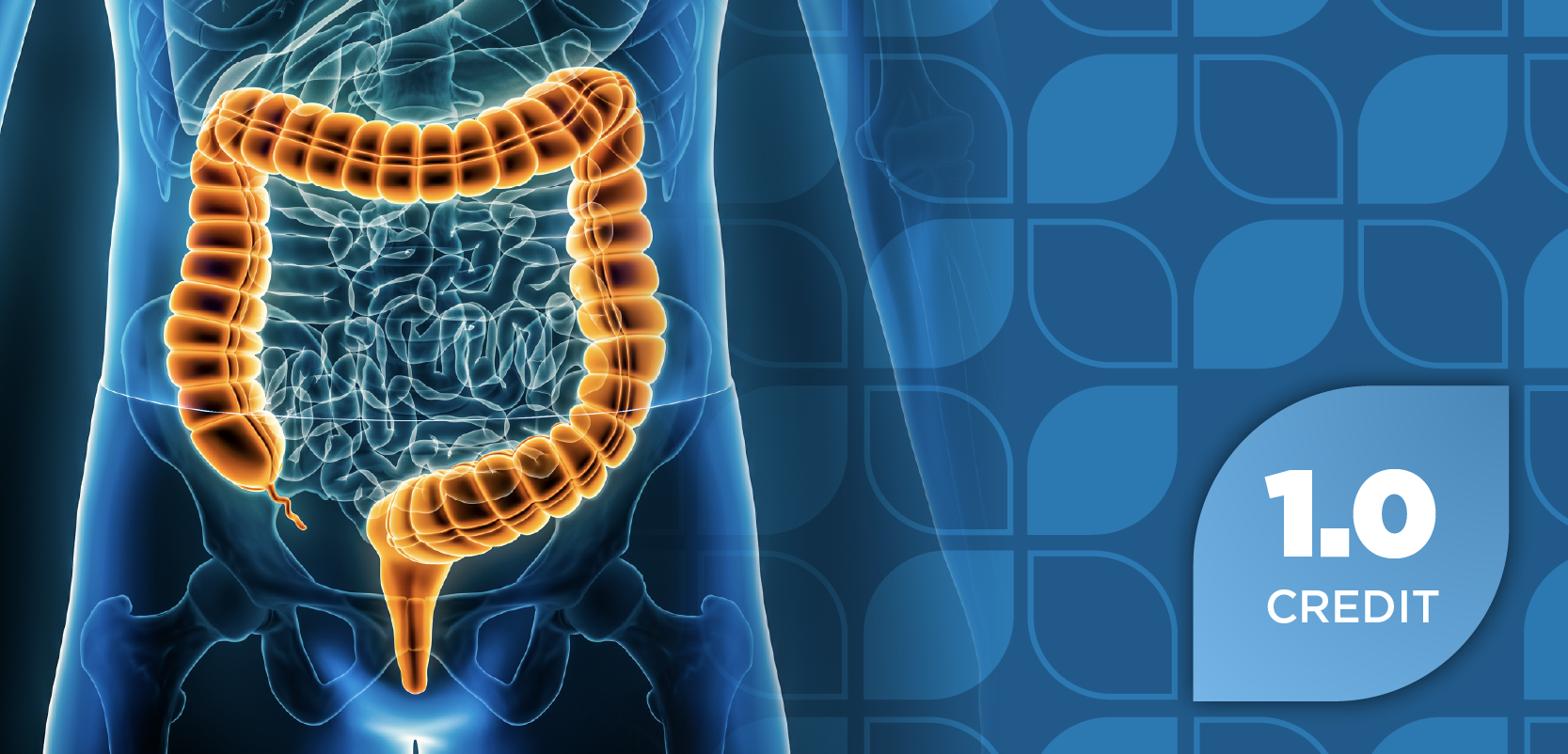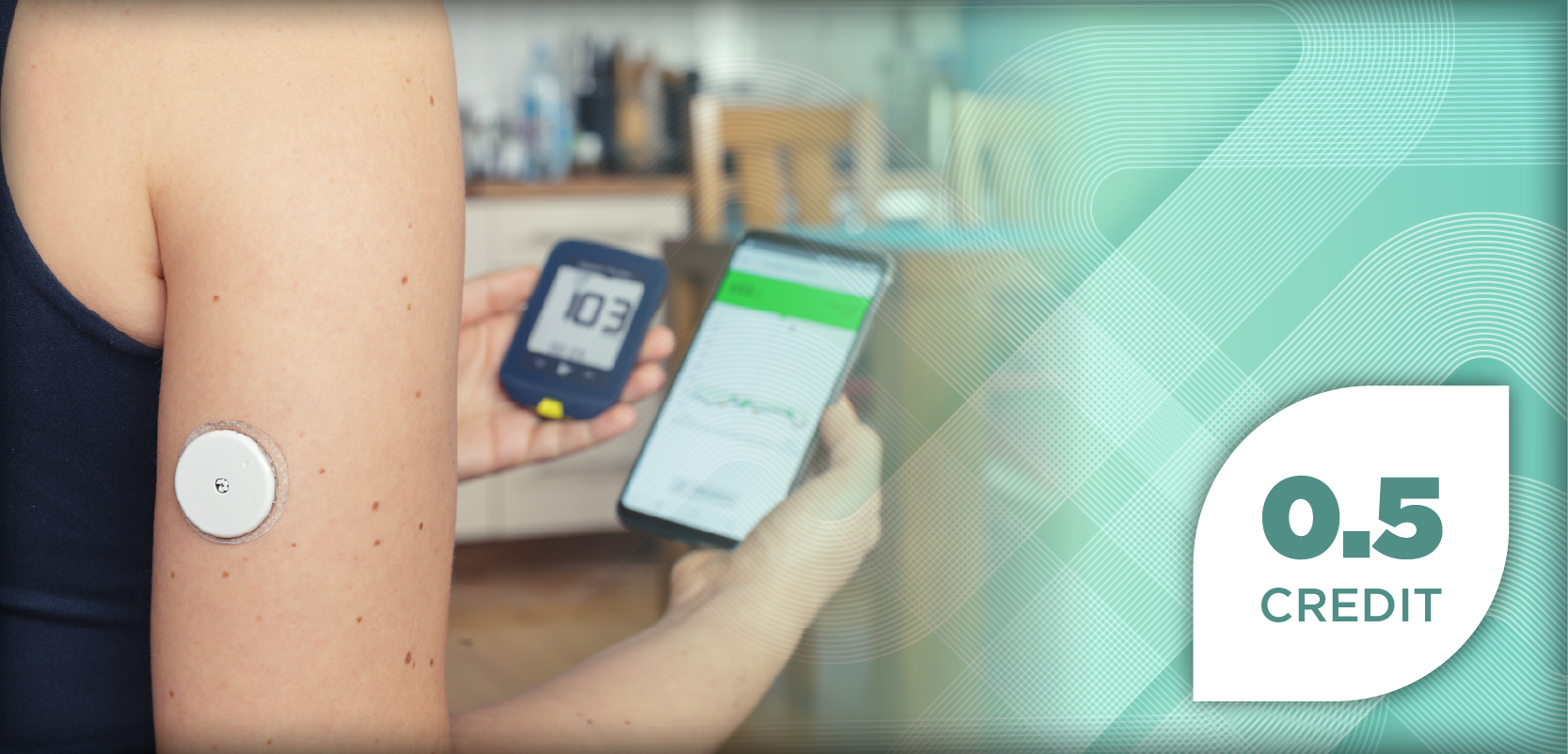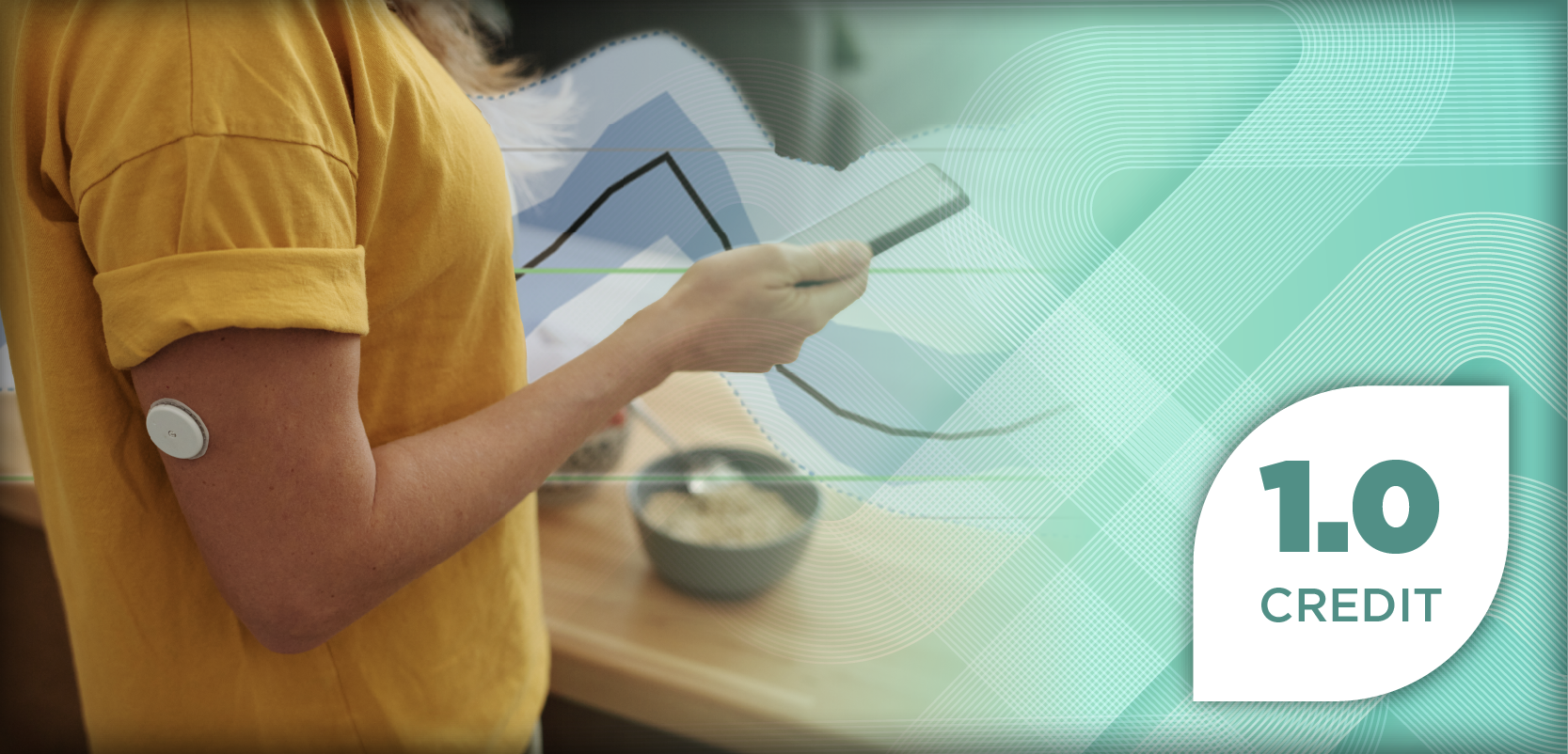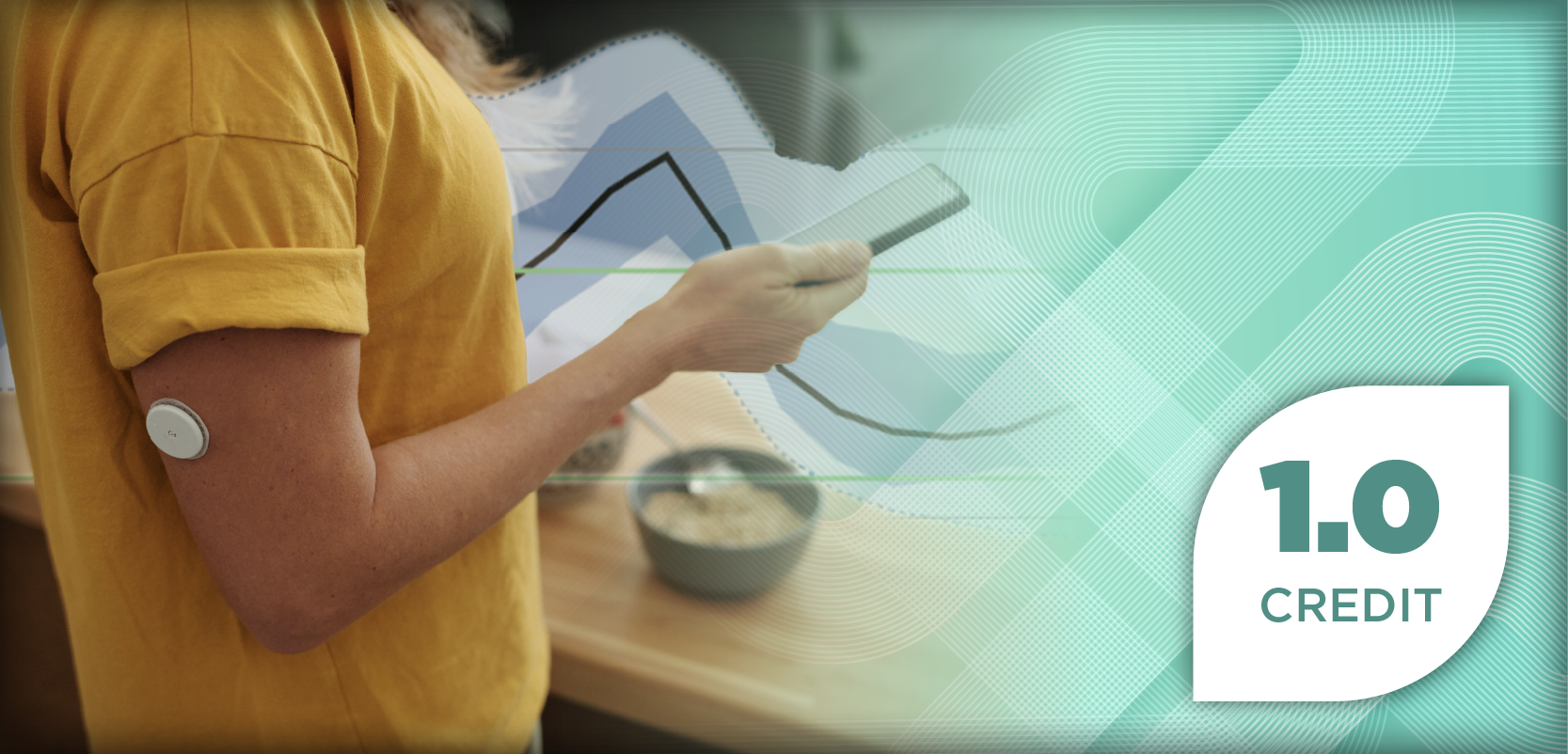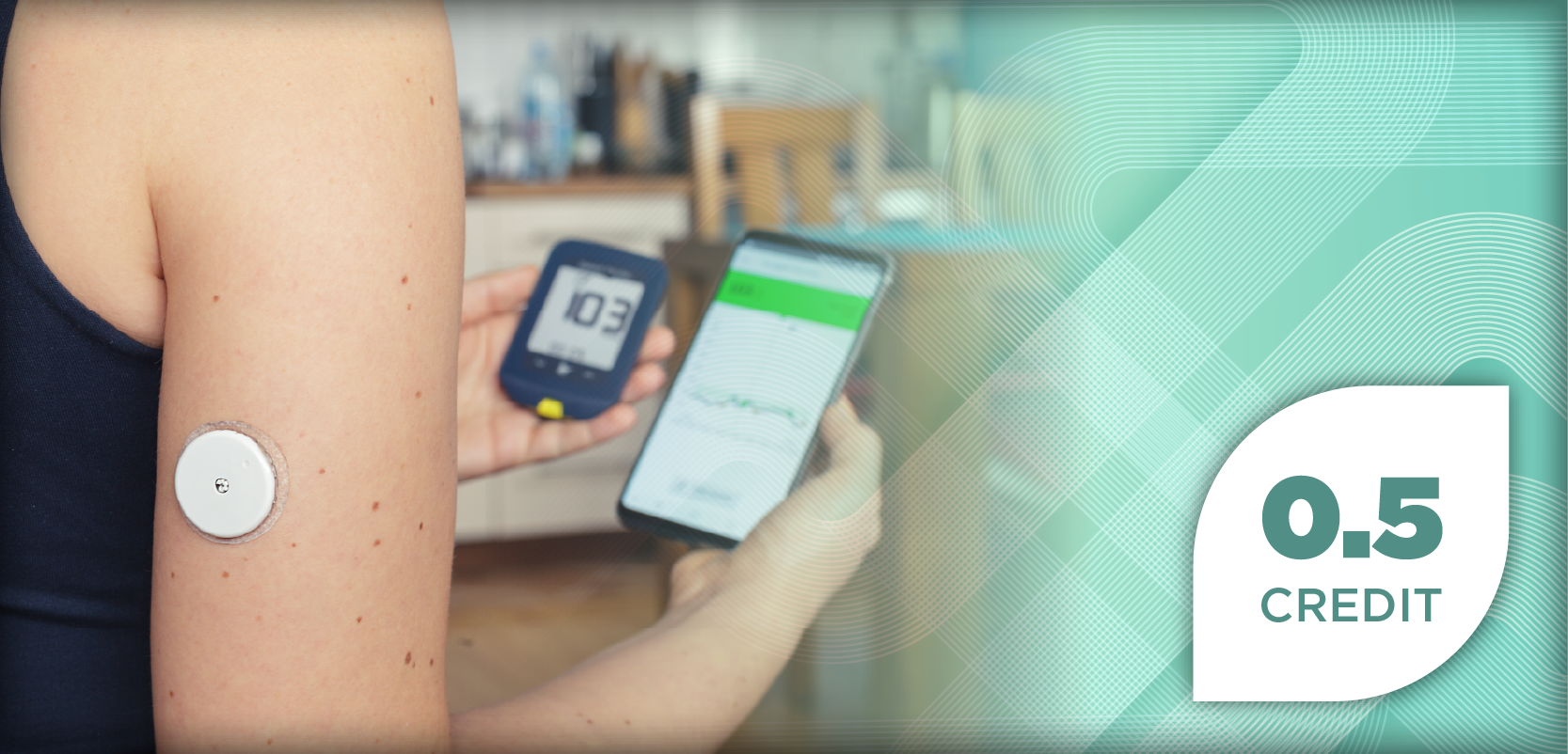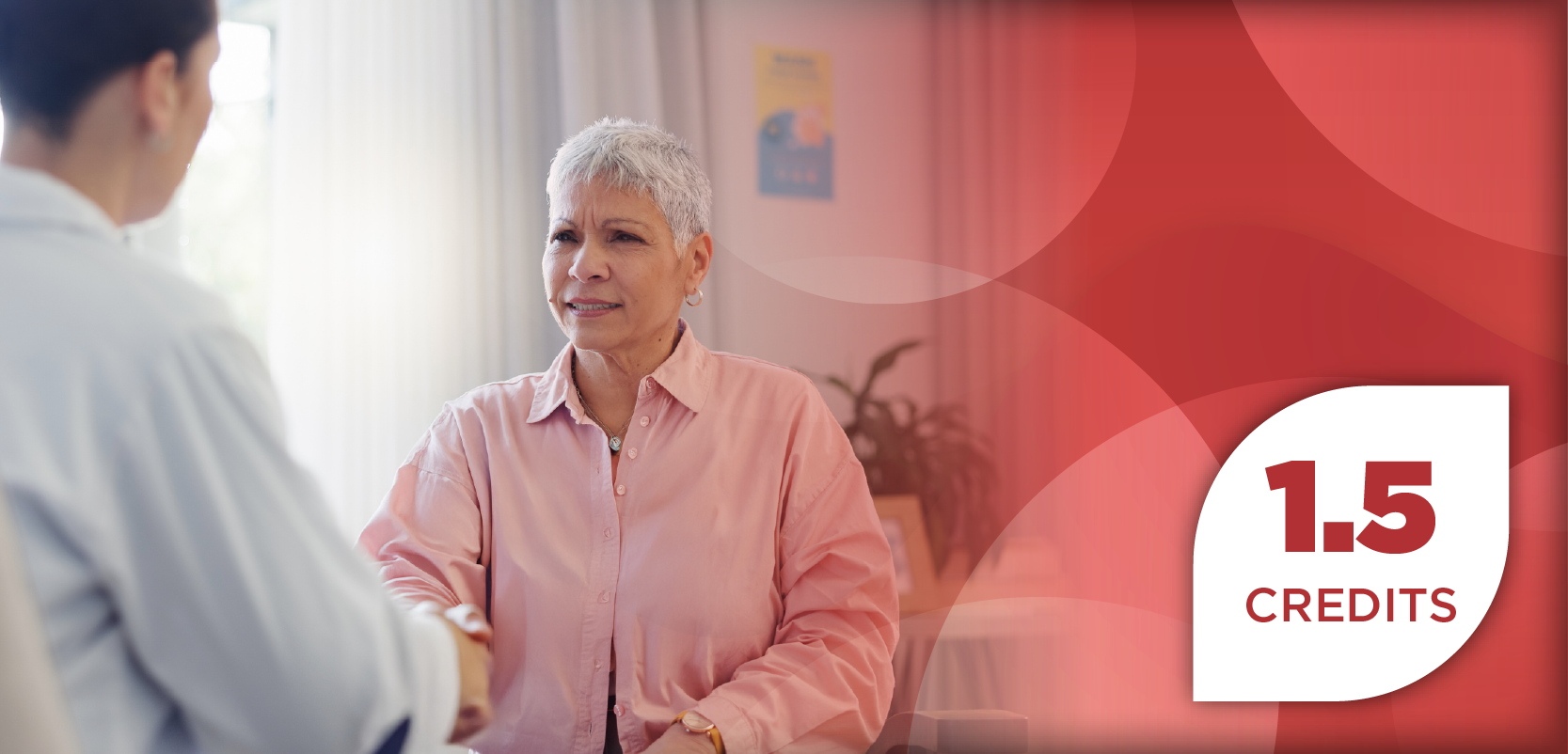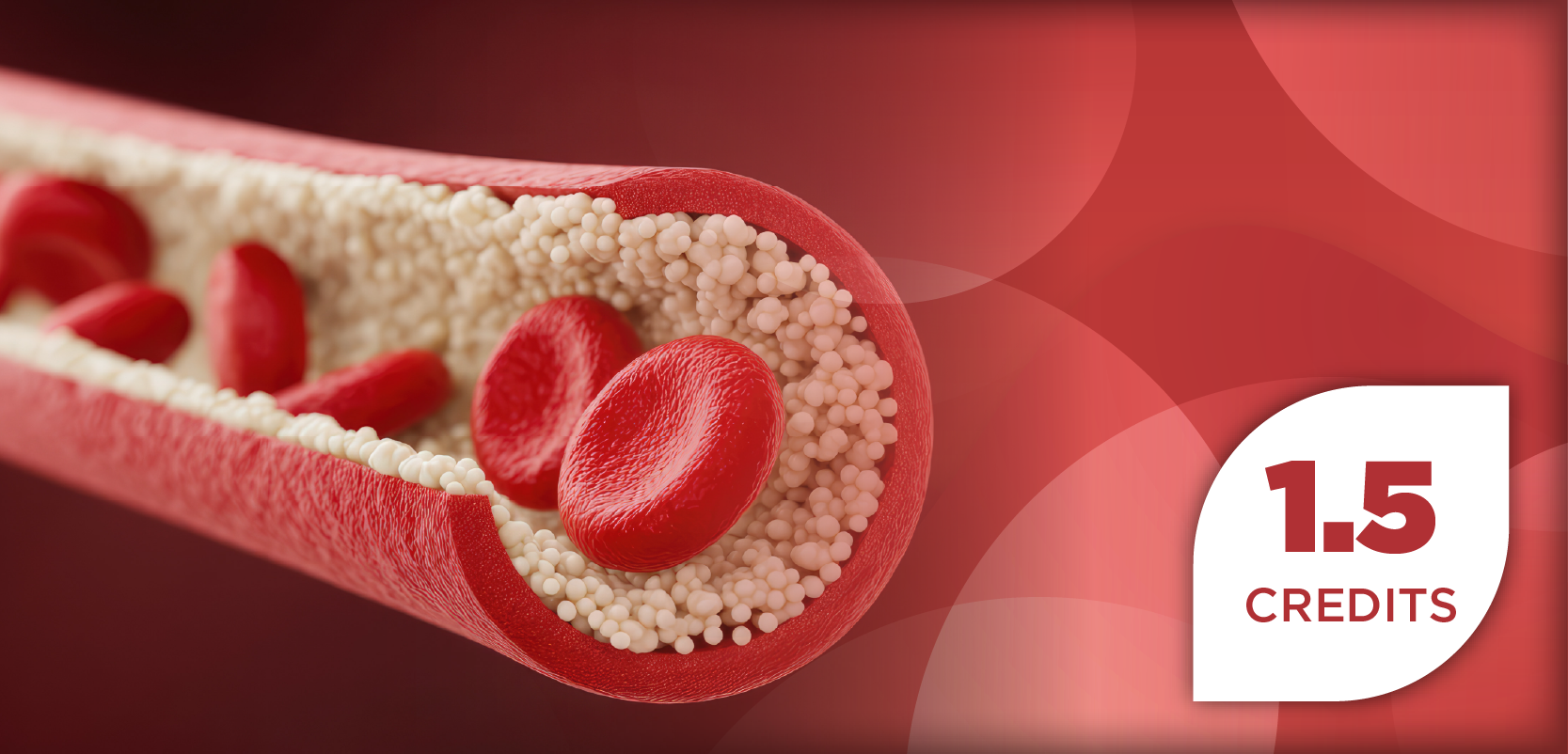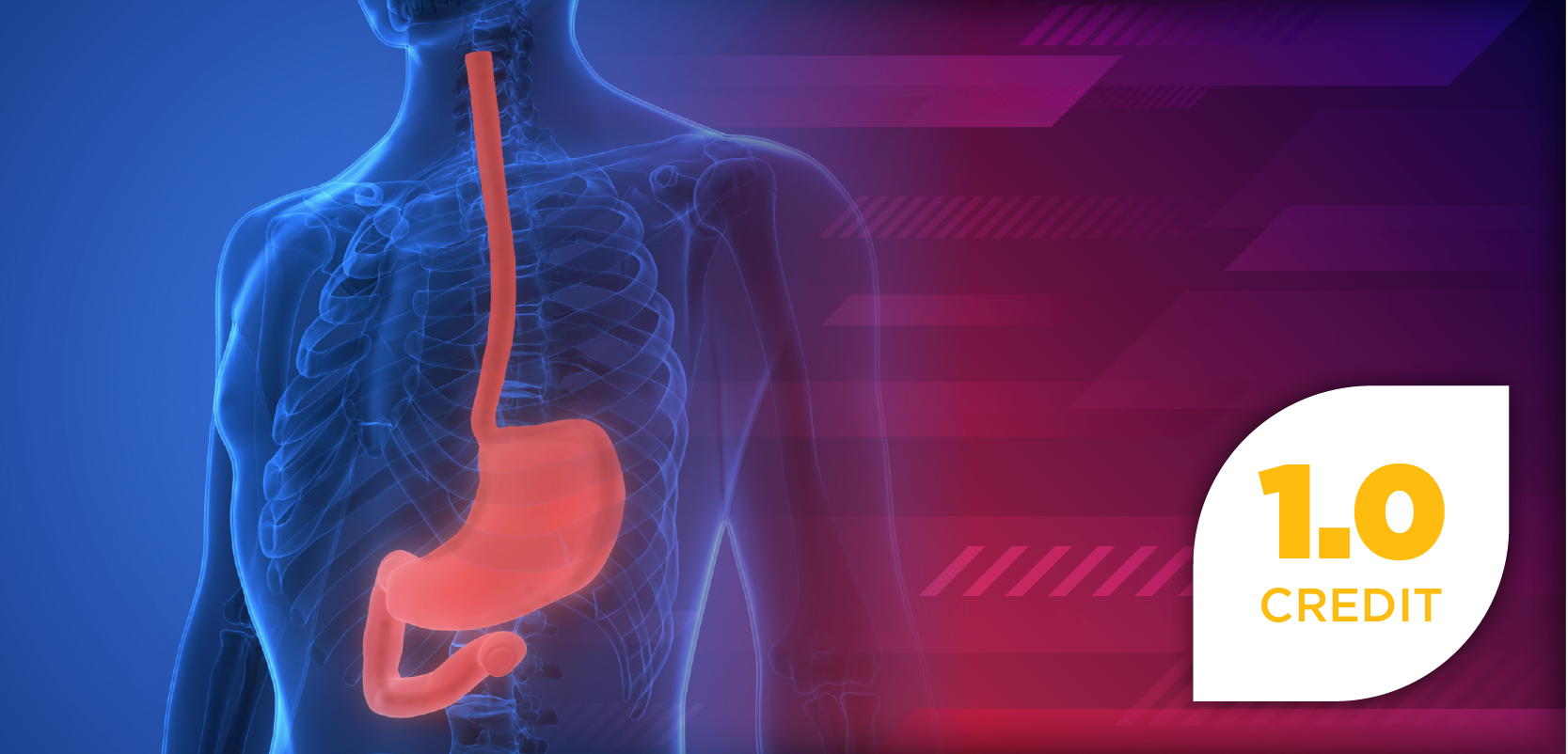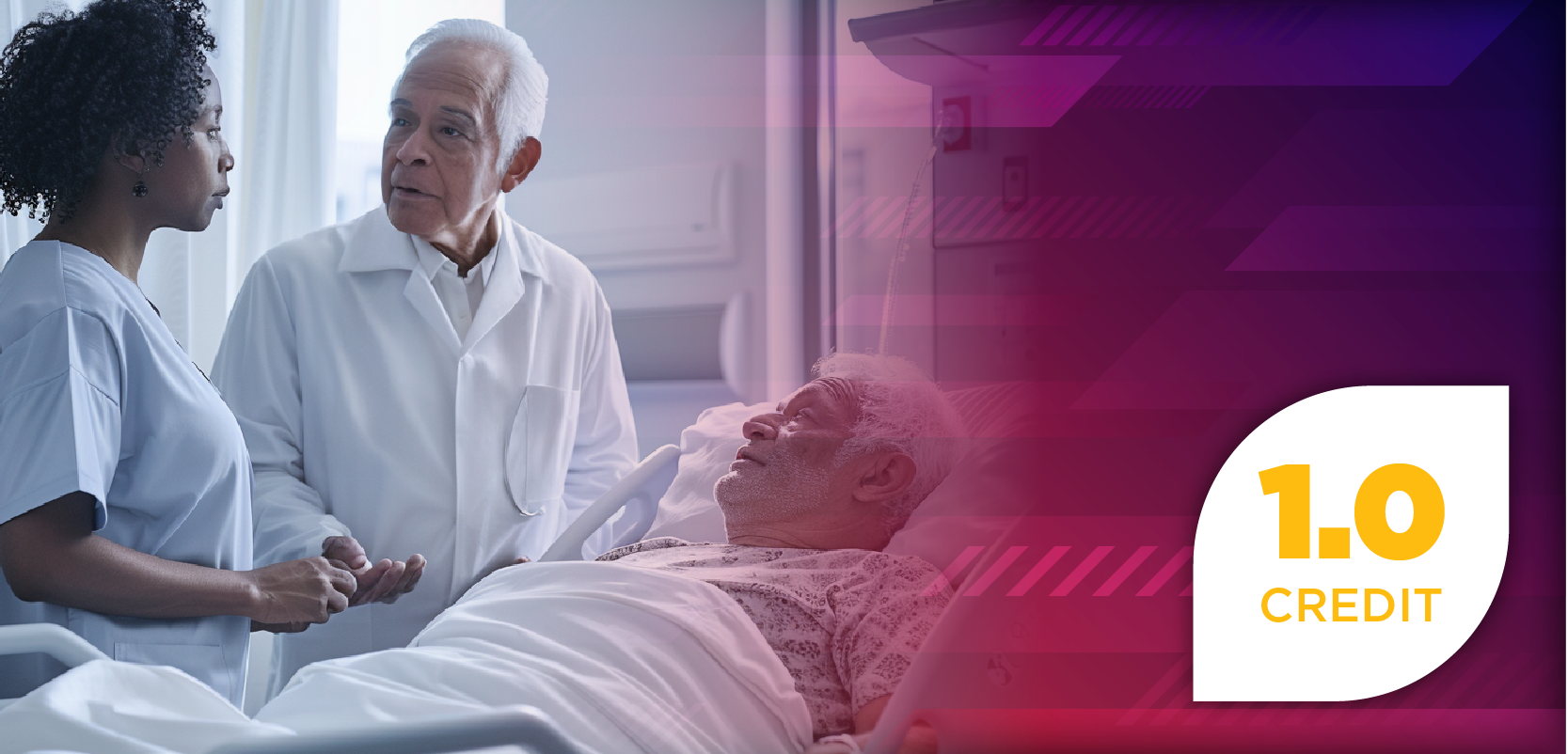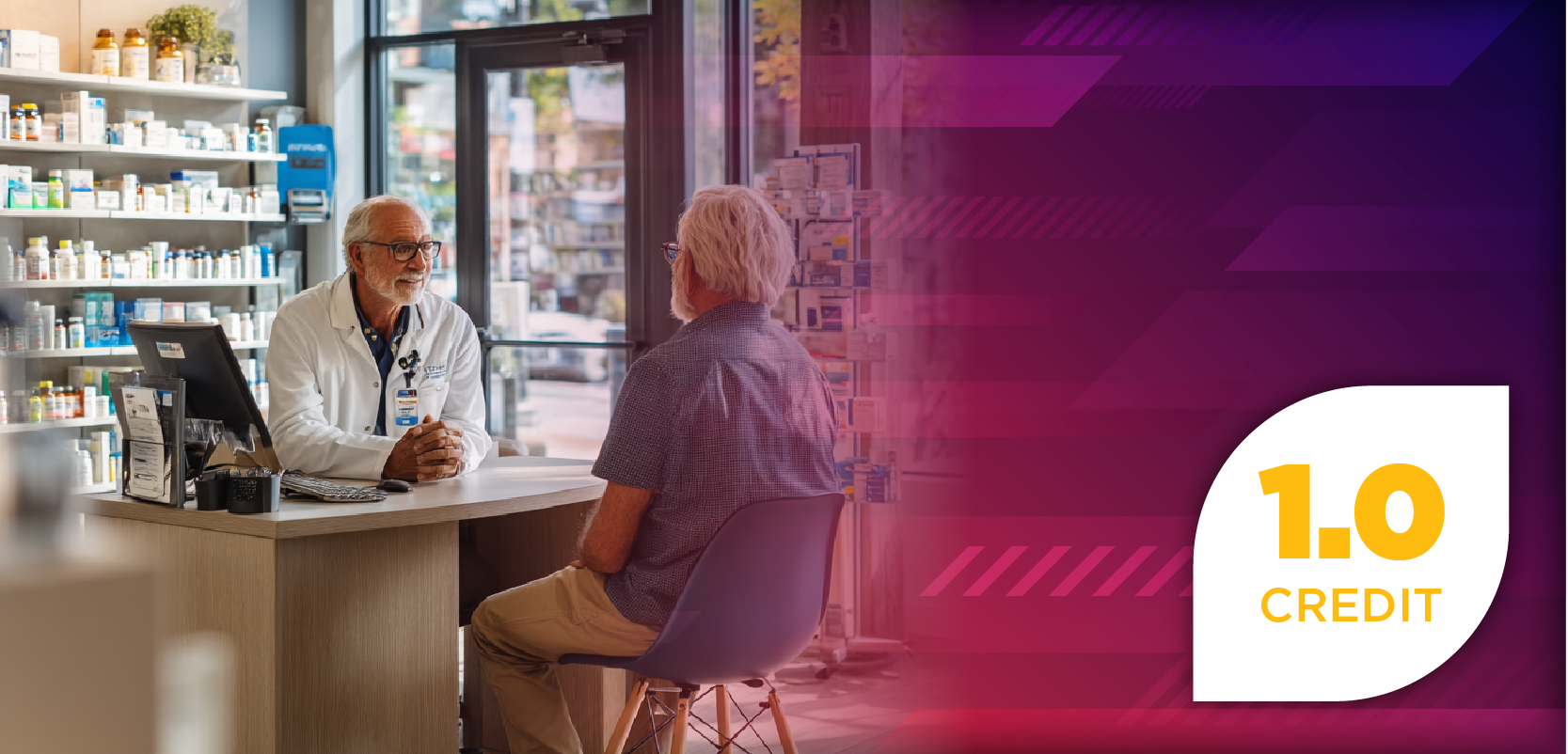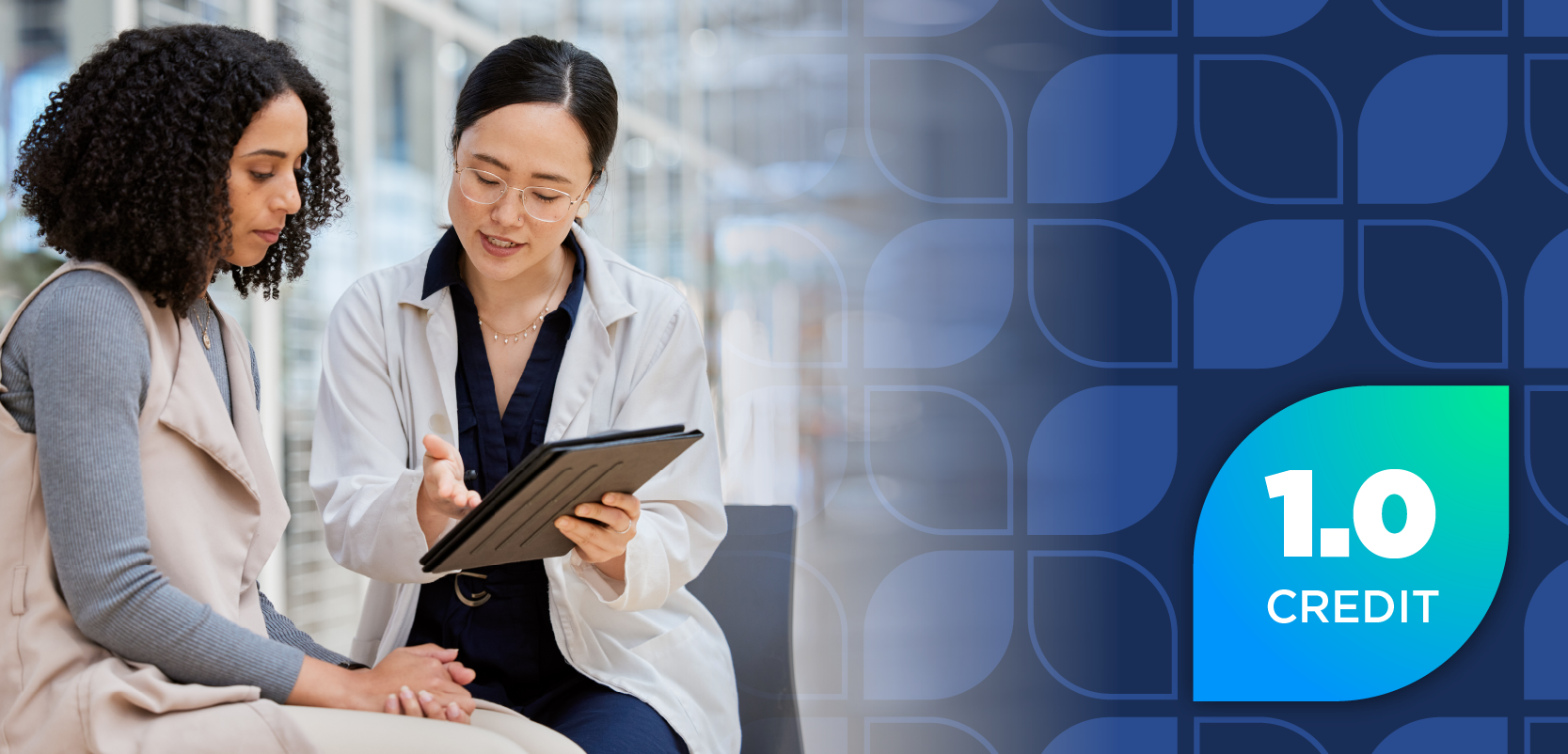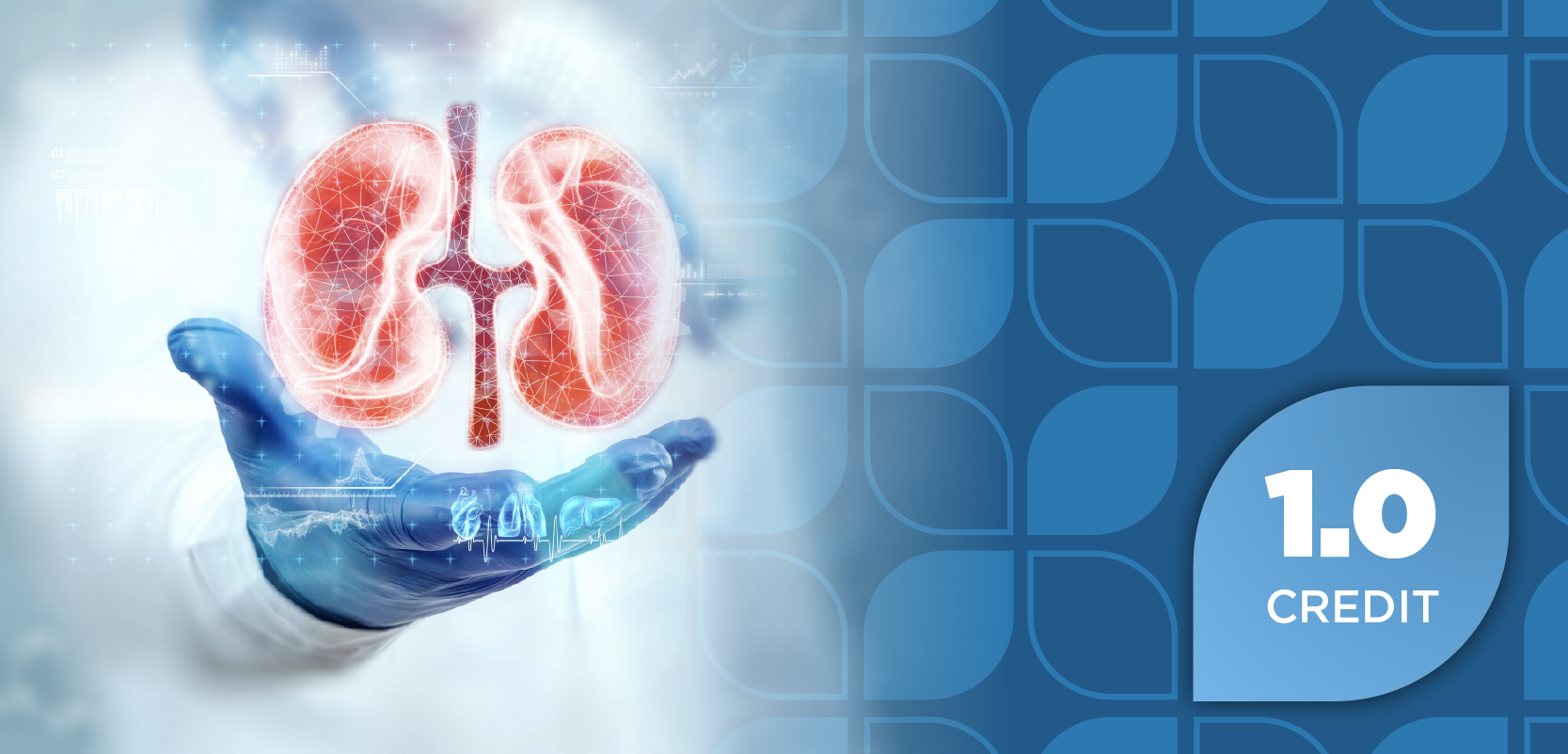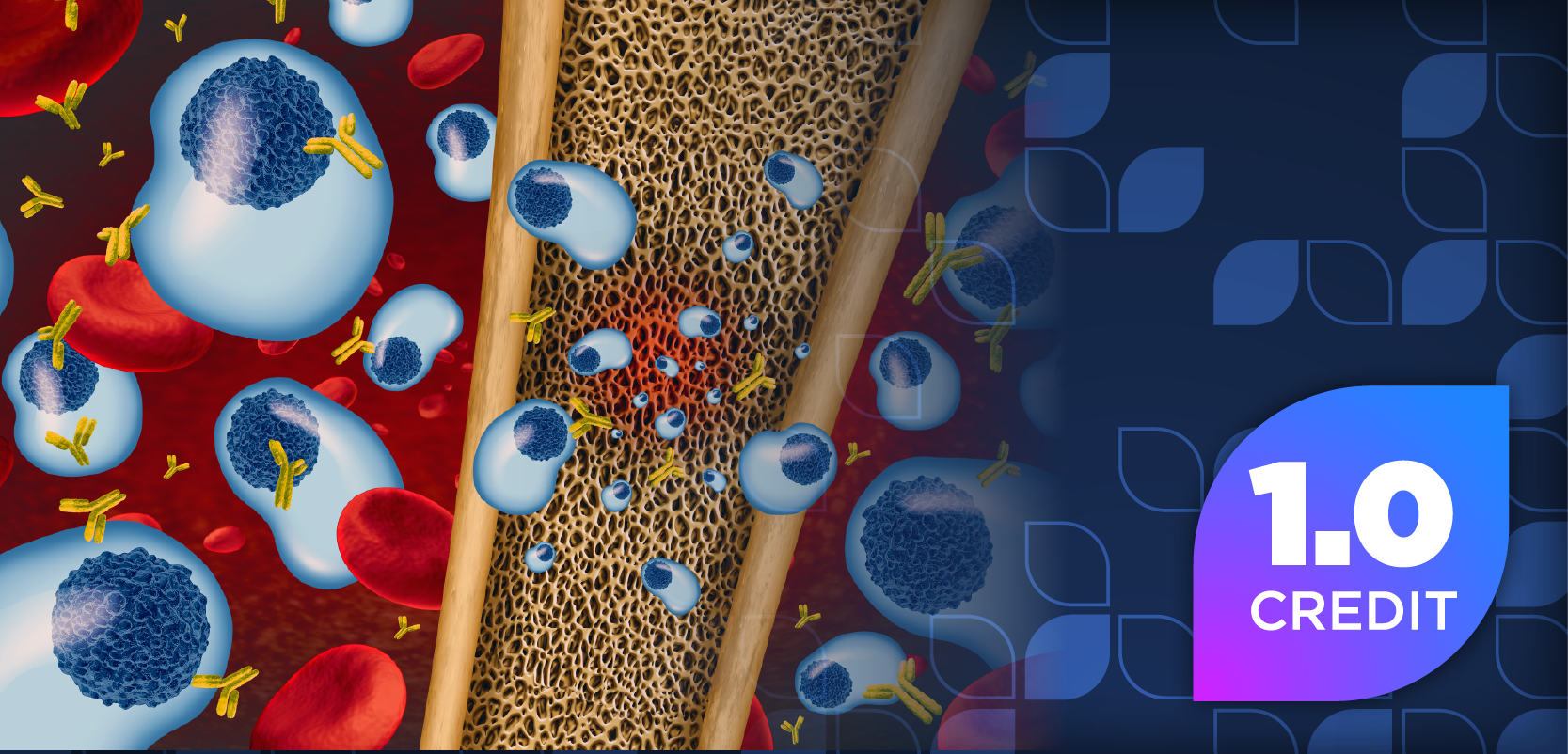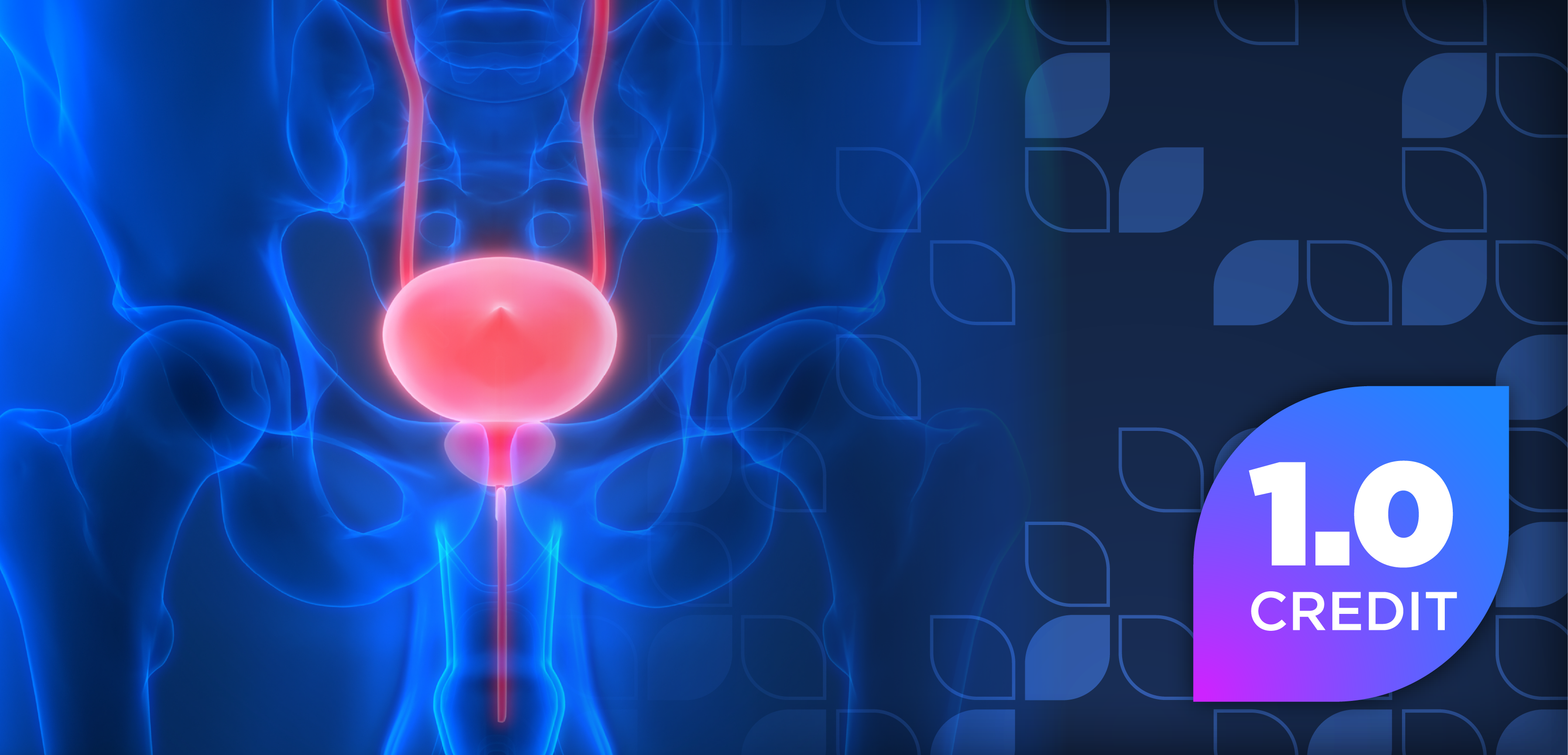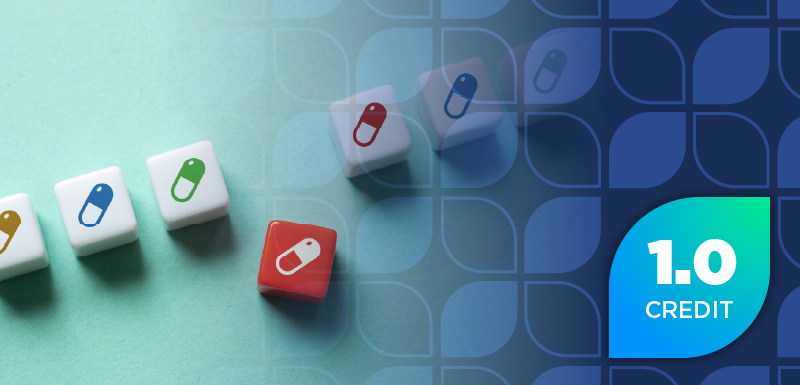
New Interventions Needed to Improve Rate of Pharmacy No-Shows
Clinical pharmacists were asked to provide interventions to improve their patients’ rate of not showing up to a pharmacy appointment.
Interventions showed insignificant improvements when designed to decrease the rate of patient no-shows at pharmacy appointments, according to data published in the Journal of the American Pharmacists Association (JAPhA).1 With minimal improvements when compared with the control group, researchers believe alternative interventions can be explored in the future to address pharmacy no-shows.
“A no-show is an appointment that is missed by the patient,” wrote authors of the study.1 “Previous studies have reported that in the primary care setting, 14%-50% of visits result in a no-show, which is estimated to cost the health care system $150 billion per year. A no-show to an appointment can result in a decrease in productivity of providers and quality of patient care.”
No-show occurrences at clinical and chain pharmacy appointments may be a bit different than primary care. While appointments in the primary care setting can span all areas of health complications, pharmacies aren’t much different, yet they clearly put a focus on medications, managing them, and other pharmaceutical services a patient might need. A pharmacists’ main goal during an appointment is to walk patients through a concise explanation and discussion about their medication costs, benefits, side effects, potential interactions with other medications, and more.2
READ MORE:
With the present study focusing on pharmacy visits, researchers wanted to assess the efficacy of no-show interventions. Prior to the study, the most notable interventions to improve no-show rates included appointment reminders sent to patients, education, and no-show fees as penalties. Despite reminders distributed to patients showing some improvements in the past, researchers agreed there is no intervention that stands out among the rest as a recommendation to decrease no-shows.1
“Patient no-shows for [clinical pharmacist practitioner (CPP)] appointments are costly to clinics,” continued authors of the study. “The purpose of this study was to determine the impact of 2 interventions on patient no-show rates for CPP appointments and to identify barriers patients may face that lead to no-shows.”
They conducted the study with the help of CPPs from Duke Primary Care (DPC) in North Carolina. Under a collaborative practice agreement with physician supervision, CPPs were able to independently adjust medications and order labs. The main focuses of the DPC collaborative team were diabetes, hypertension, and coronary artery disease.
To test the impact no-show interventions had on appointment completion rates, researchers designed 2 interventions to compare with the control.
“The first intervention was a reminder message that was sent to the patient by the embedded clinic pharmacist through a patient portal 3-5 days prior to their appointment, if the portal was previously activated by the patient,” they wrote.1 “The second intervention was a conversion from an in-person to a virtual visit when a patient was more than 5 minutes late to their scheduled in-person appointment.”
The first intervention was referred to as the “patient portal message arm” while the latter was the “virtual arm.”
The control arm’s study period lasted from September to November 2022, while the 2 interventions were conducted with each patient group from September to November 2023. Patients were all 18 years or above and interventions were conducted at 3 rural DPC locations and 4 urban practices.
No-show rates were expressed in percentages and defined as the total number of no-shows out of all scheduled appointments. Canceled appointments were excluded from the final analysis, but they were included in the sensitivity analysis to account for all total appointments. Finally, the researchers also sought total revenue lost from no-shows and the reasonings behind them.
“In the primary analysis, the no-show rate was 20.4% in the control arm, 18.0% in the patient portal message arm, and 15.7% in the virtual arm,” they continued.1 “There was not a statistically significant difference found between the no-show rates across the 3 arms.”
Despite researchers’ inability to find statistically significant data, they suggested that their study brought a variety of insights into how to reduce pharmacy no-shows. First, the obvious conclusion was that reducing no-show rates increased pharmacists’ availability and allowed them to see more patients.
They also discovered that no-show rates were lower than no-shows in previous studies that used similar interventions. Finally, they found that no-show rates had an association with both patient age and clinic location, leading them to suggest further research to better understand this connection.
“Within our DPC clinics, the implementation of sending patient portal messages to patients prior to their appointment with an embedded pharmacist and converting in-person visits to virtual visits for patients who were running late to their appointments led to a numerically lower rate of no-shows compared to the control arm,” concluded the authors.1 “This study did not observe a superior intervention method at reducing no-show rates. Future studies are needed to observe the impact of the study interventions and additional interventions aimed at lowering no-show rates for a longer duration.”
READ MORE:
Ready to impress your pharmacy colleagues with the latest drug information, industry trends, and patient care tips? Sign up today for our
References
1. Chaplin L, Gregory P, Smith B, et al. Assessment of different intervention models to decrease no-show rates of embedded pharmacy visits. JAPhA. Published online February 24, 2025:102364. https://doi.org/10.1016/j.japh.2025.102364
2. What’s a clinical pharmacist and how can they help? Community Health Partners. March 23, 2022. Accessed March 7, 2025. https://chphealthmt.org/news/chp-interview-shawn-patrick-pharmacy-director
Newsletter
Pharmacy practice is always changing. Stay ahead of the curve with the Drug Topics newsletter and get the latest drug information, industry trends, and patient care tips.

